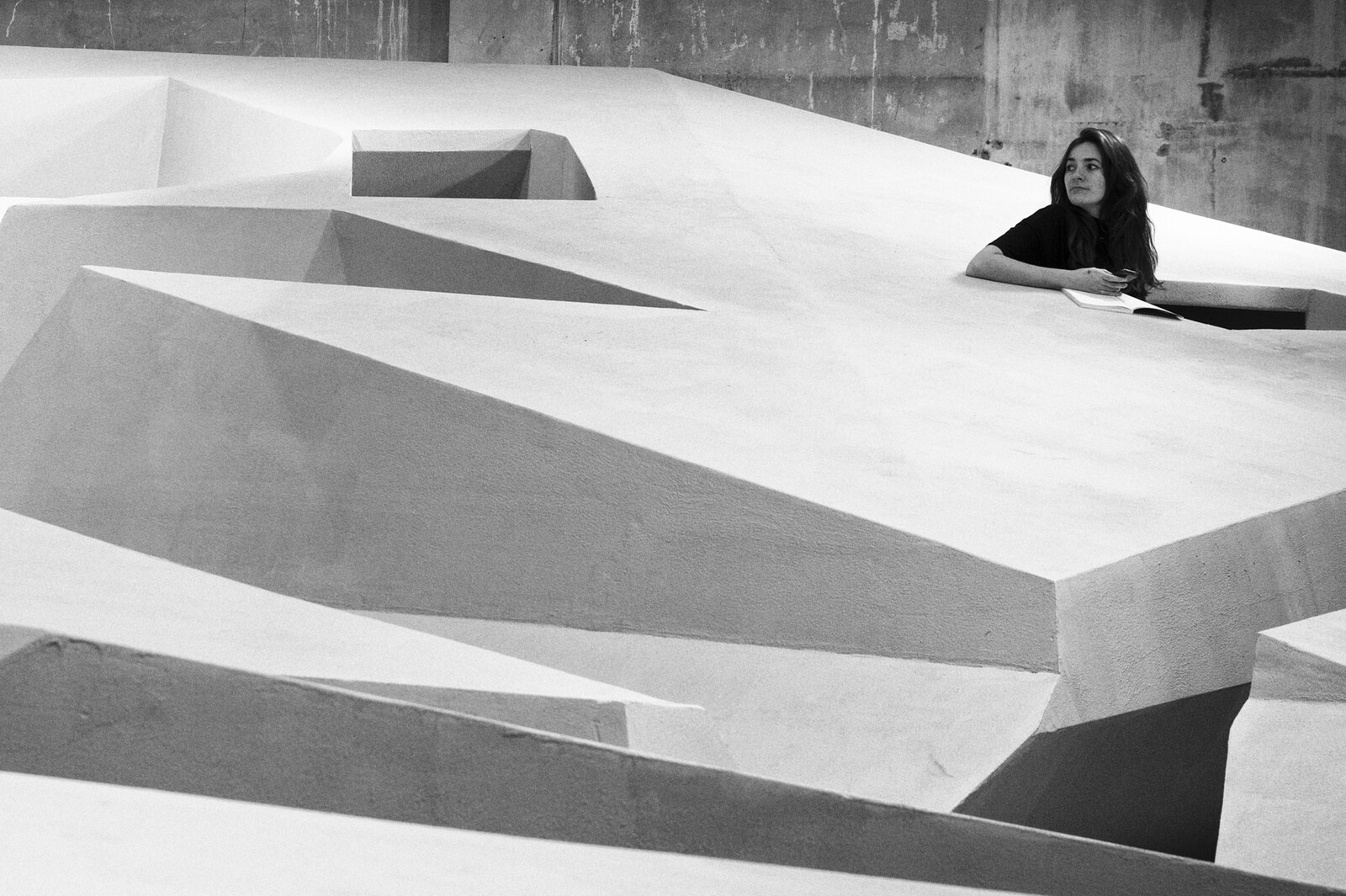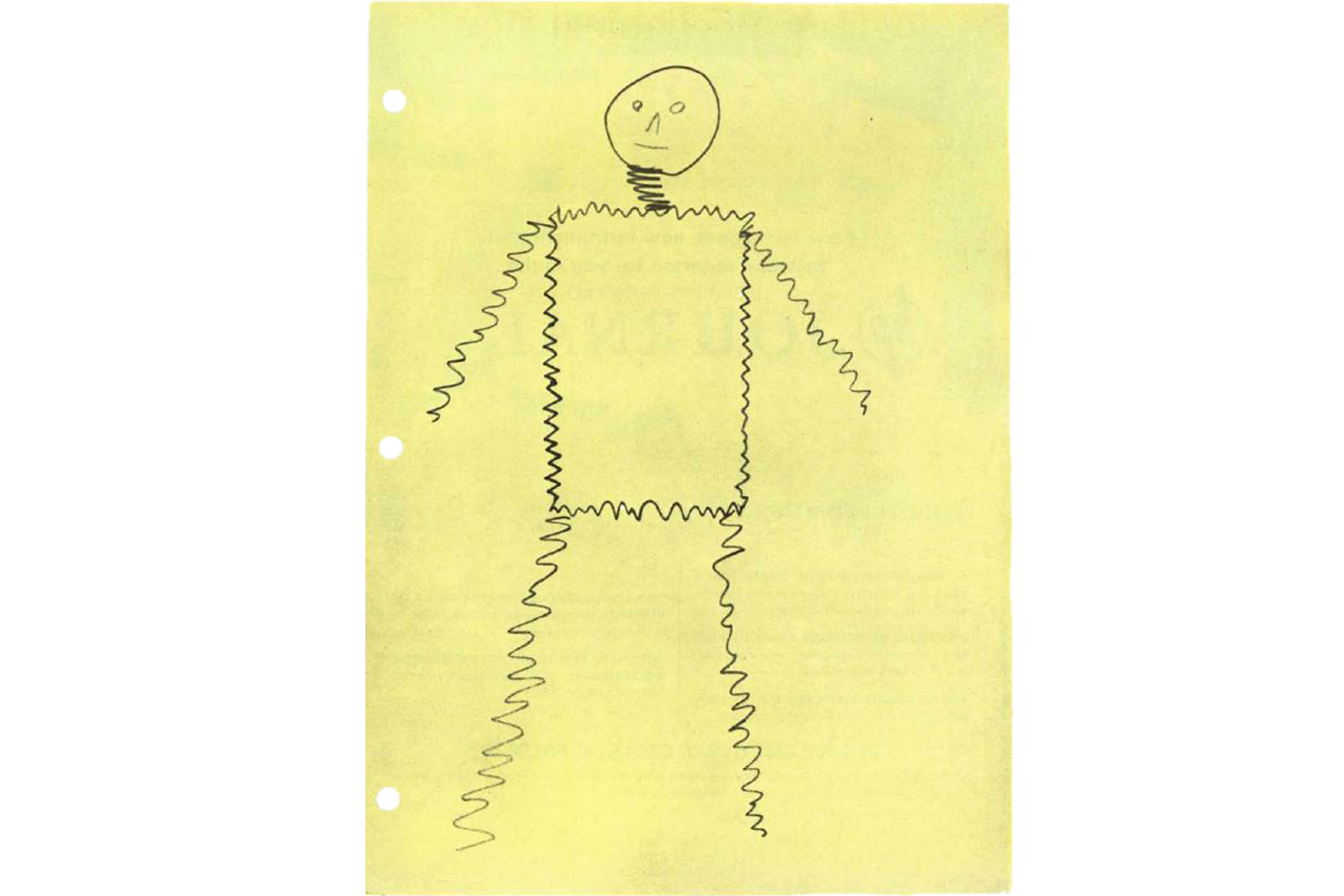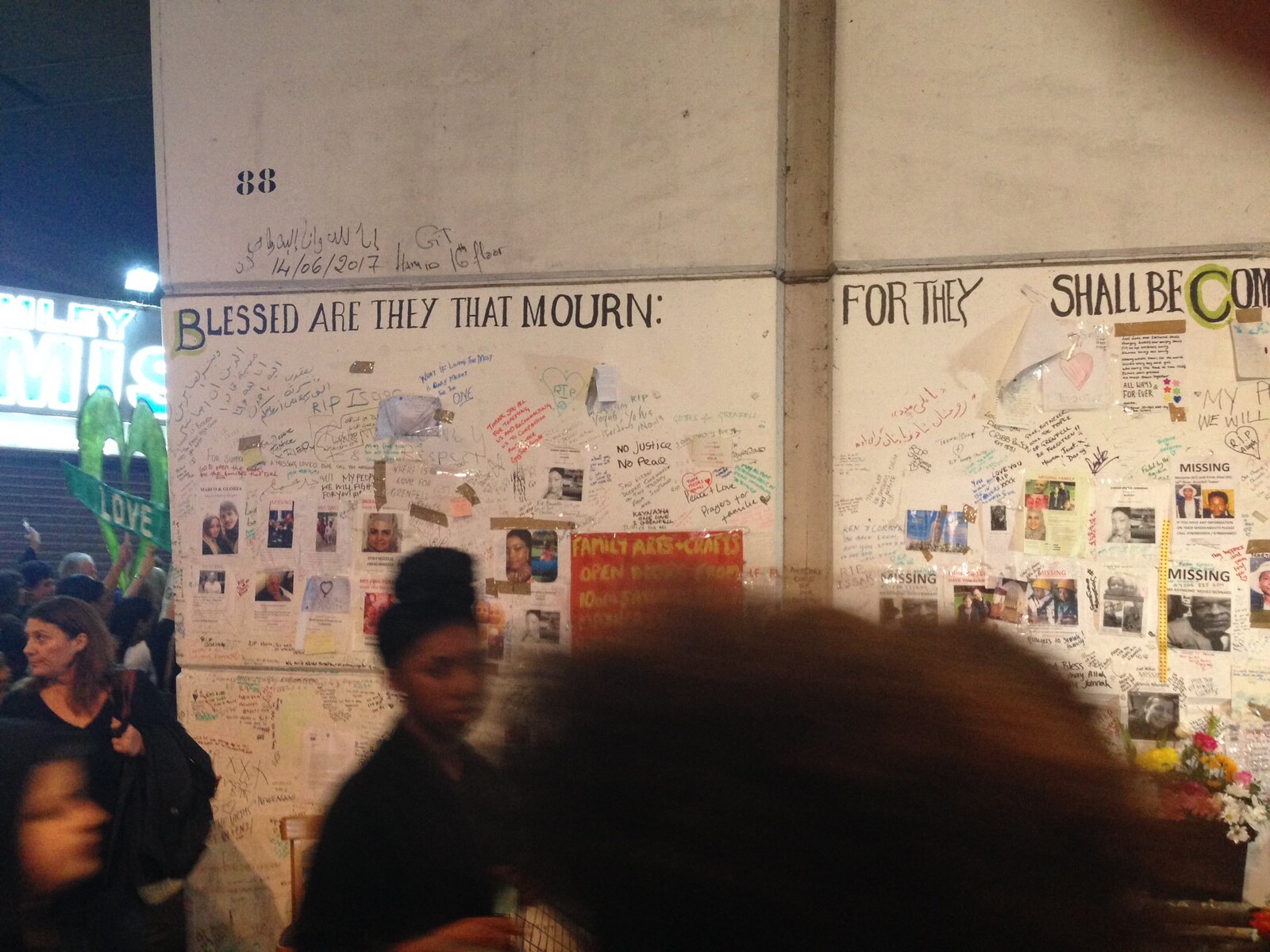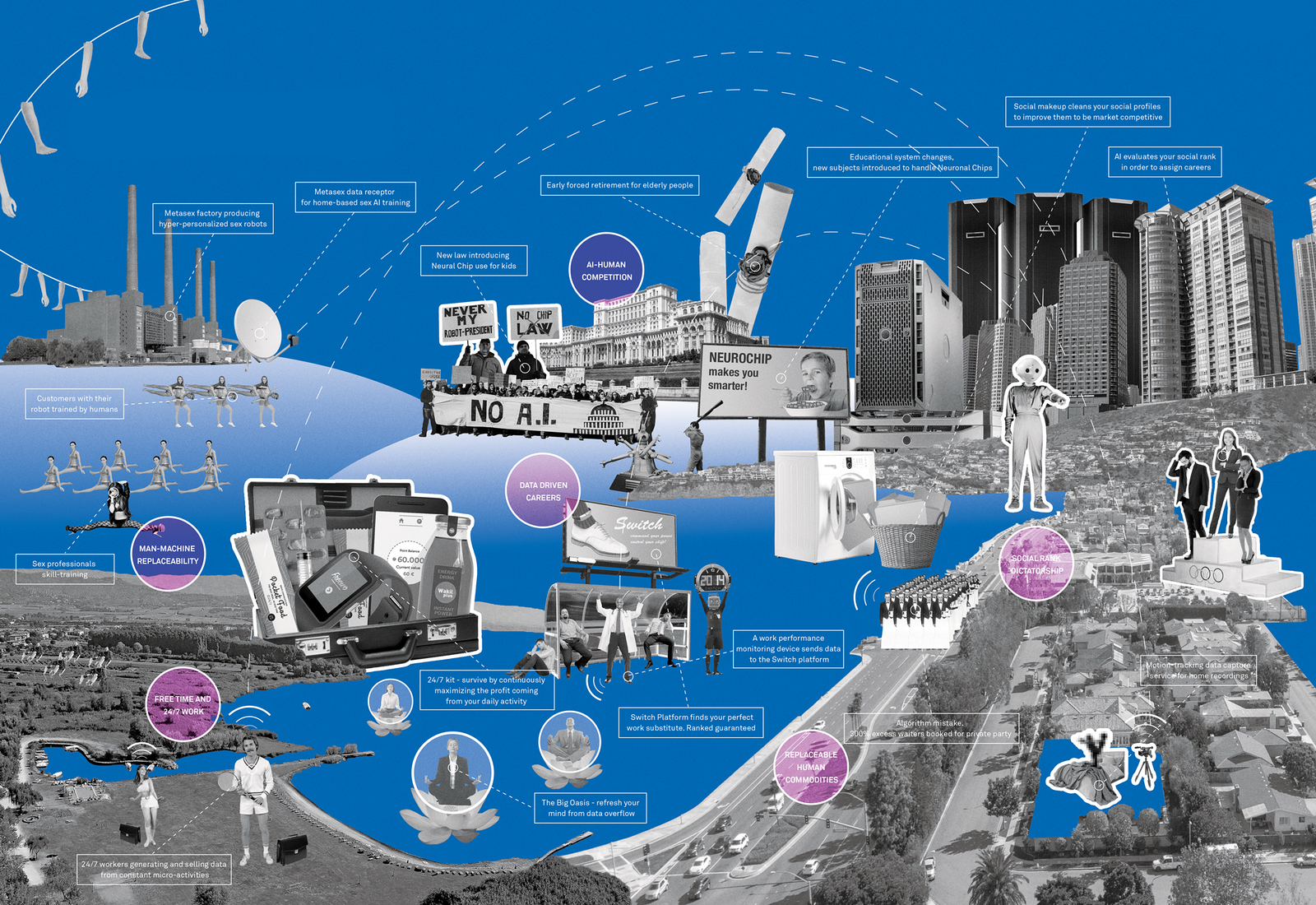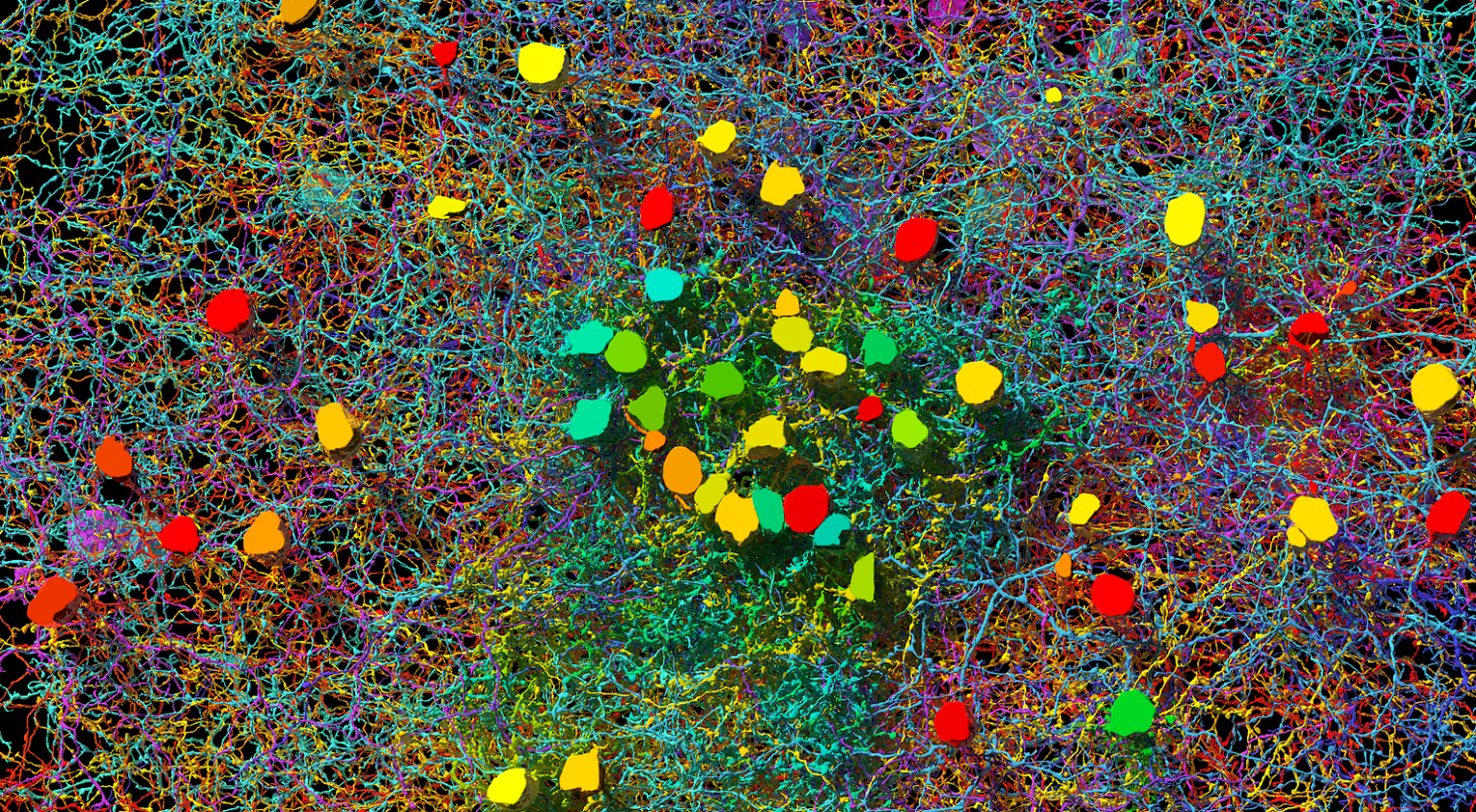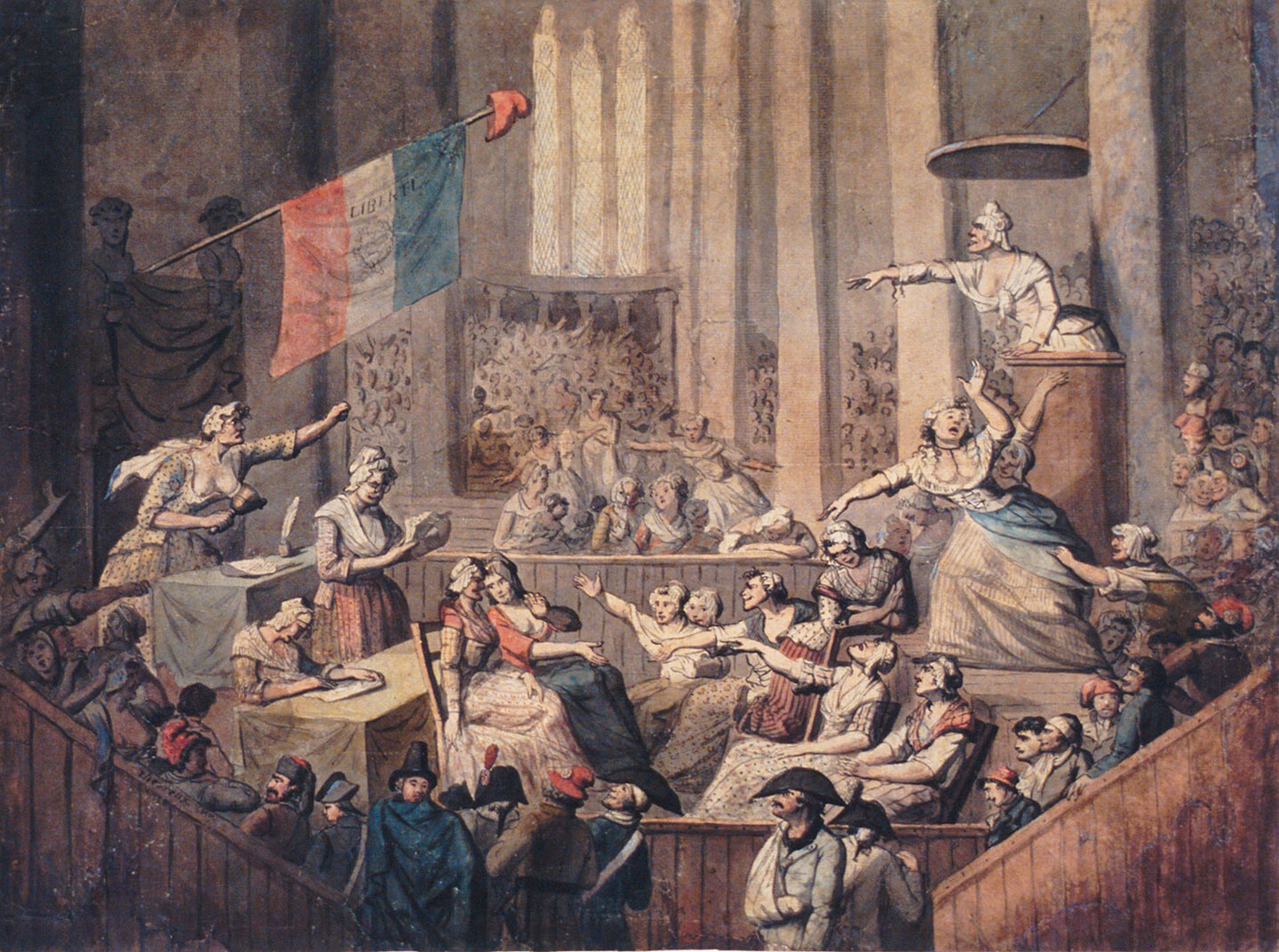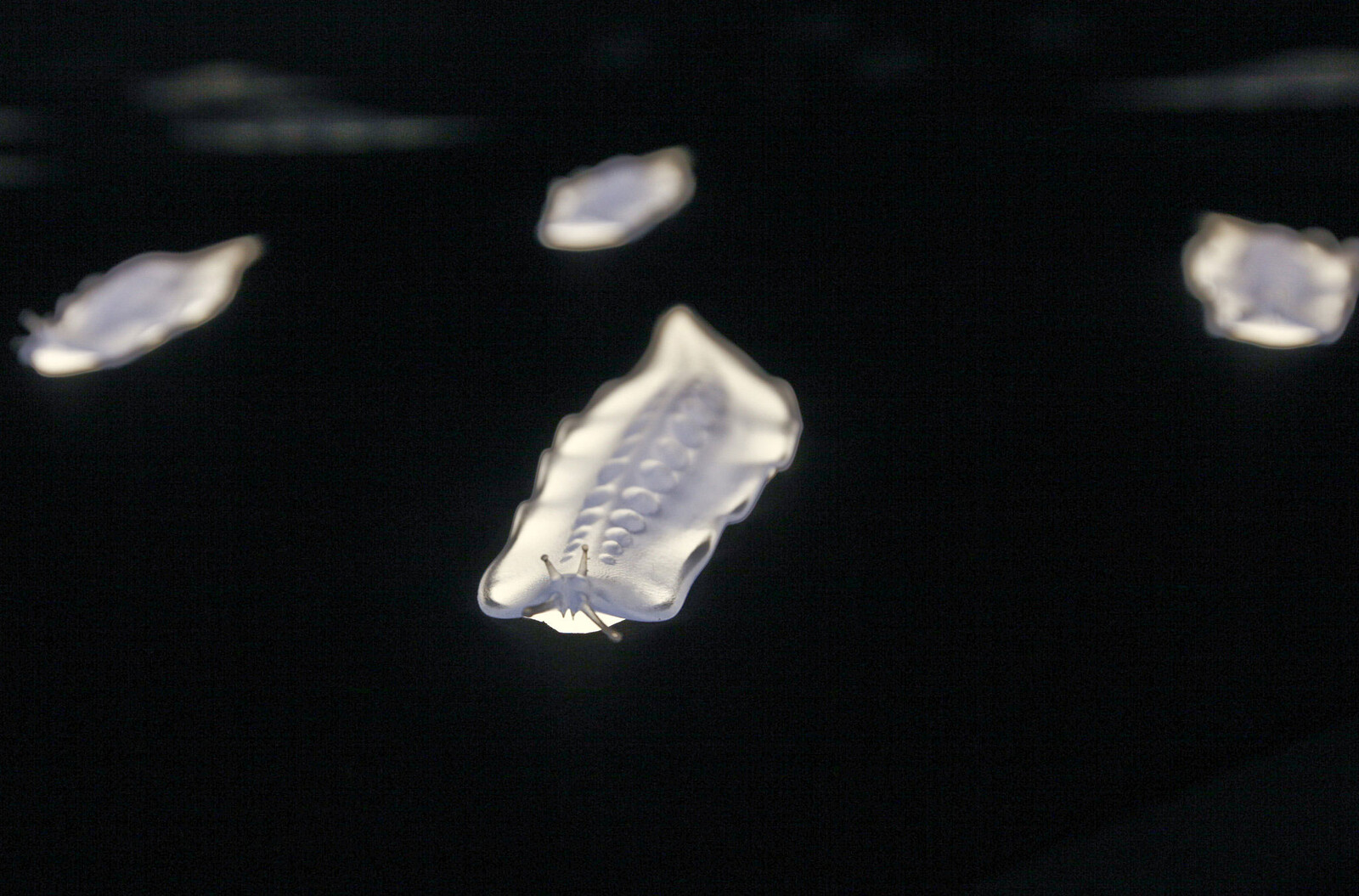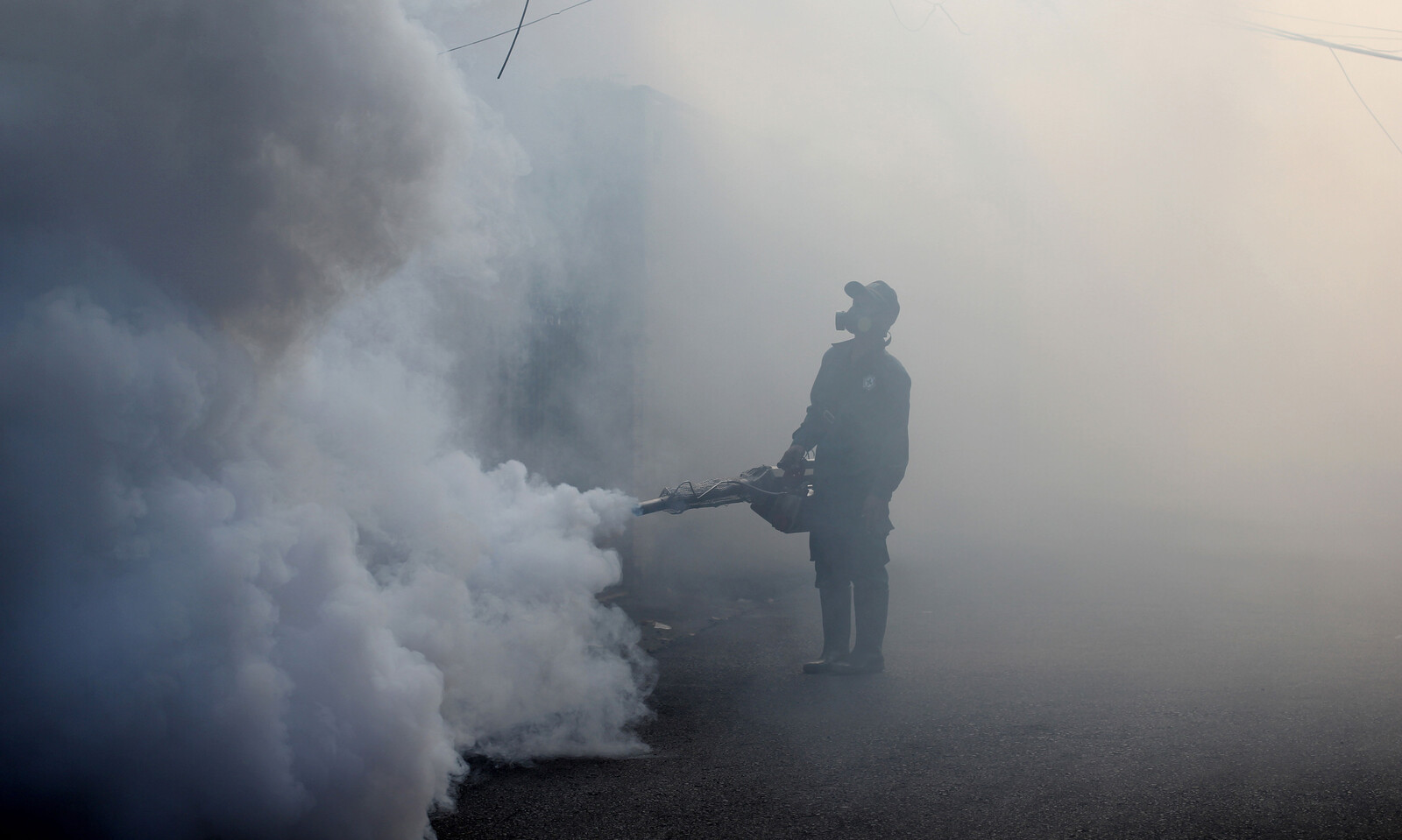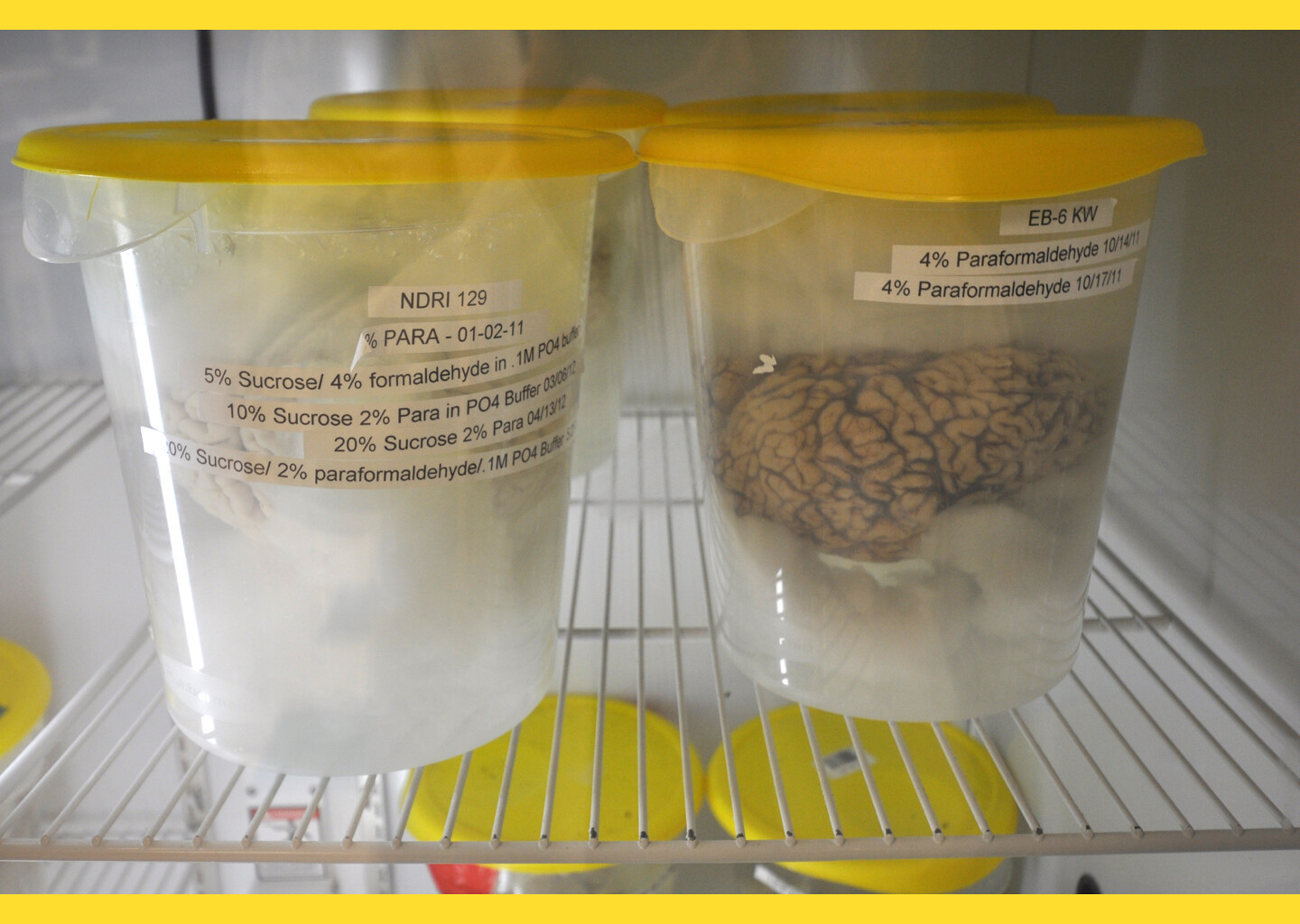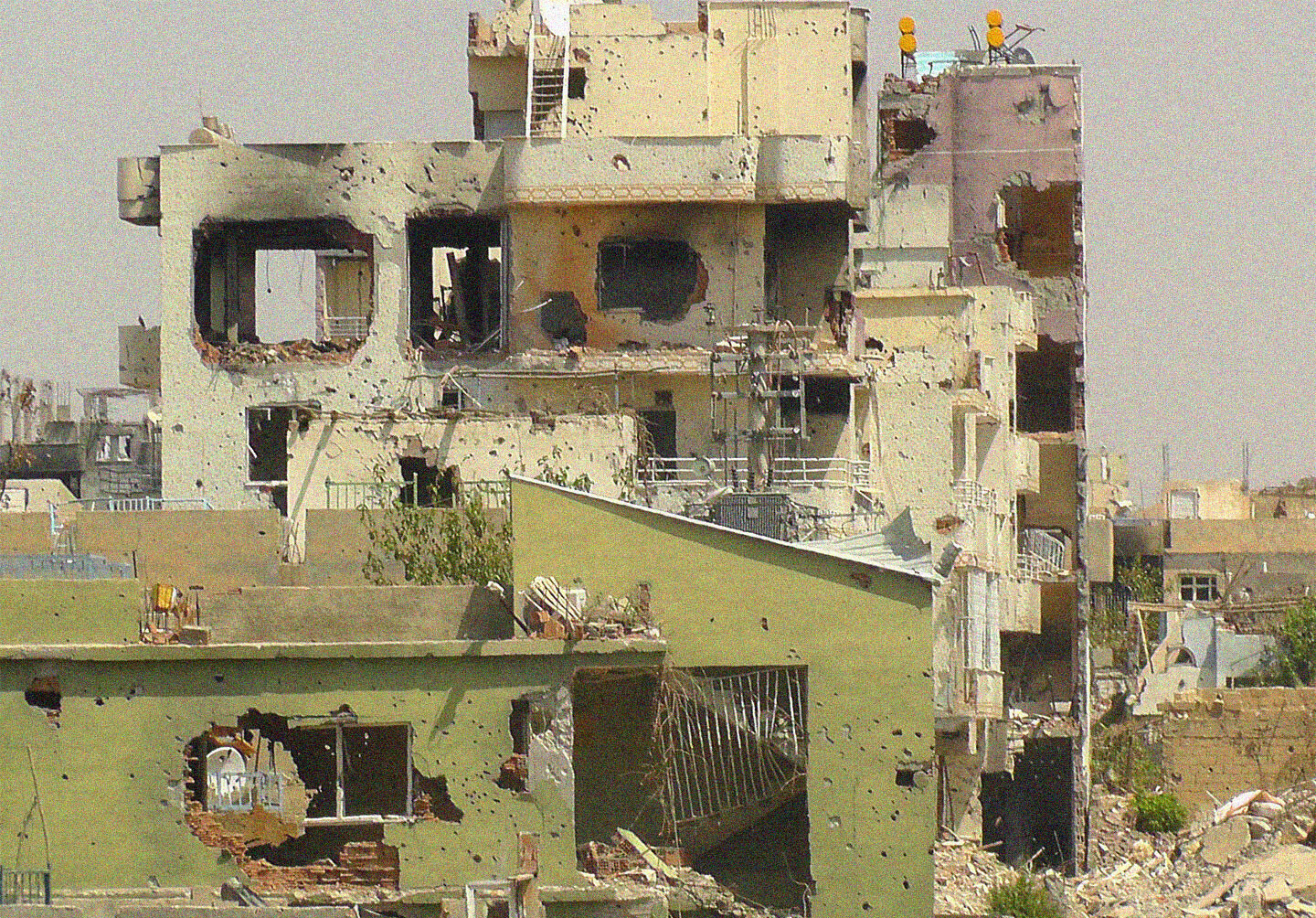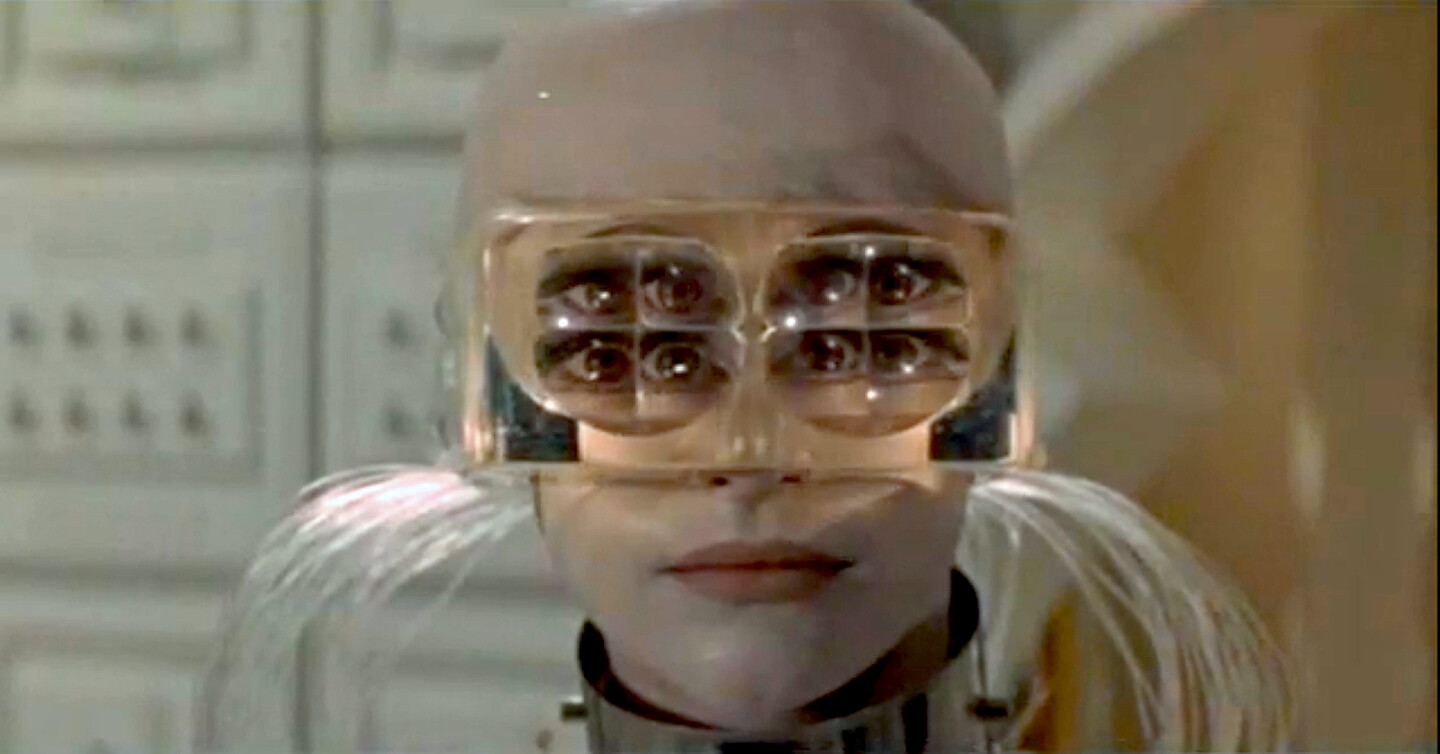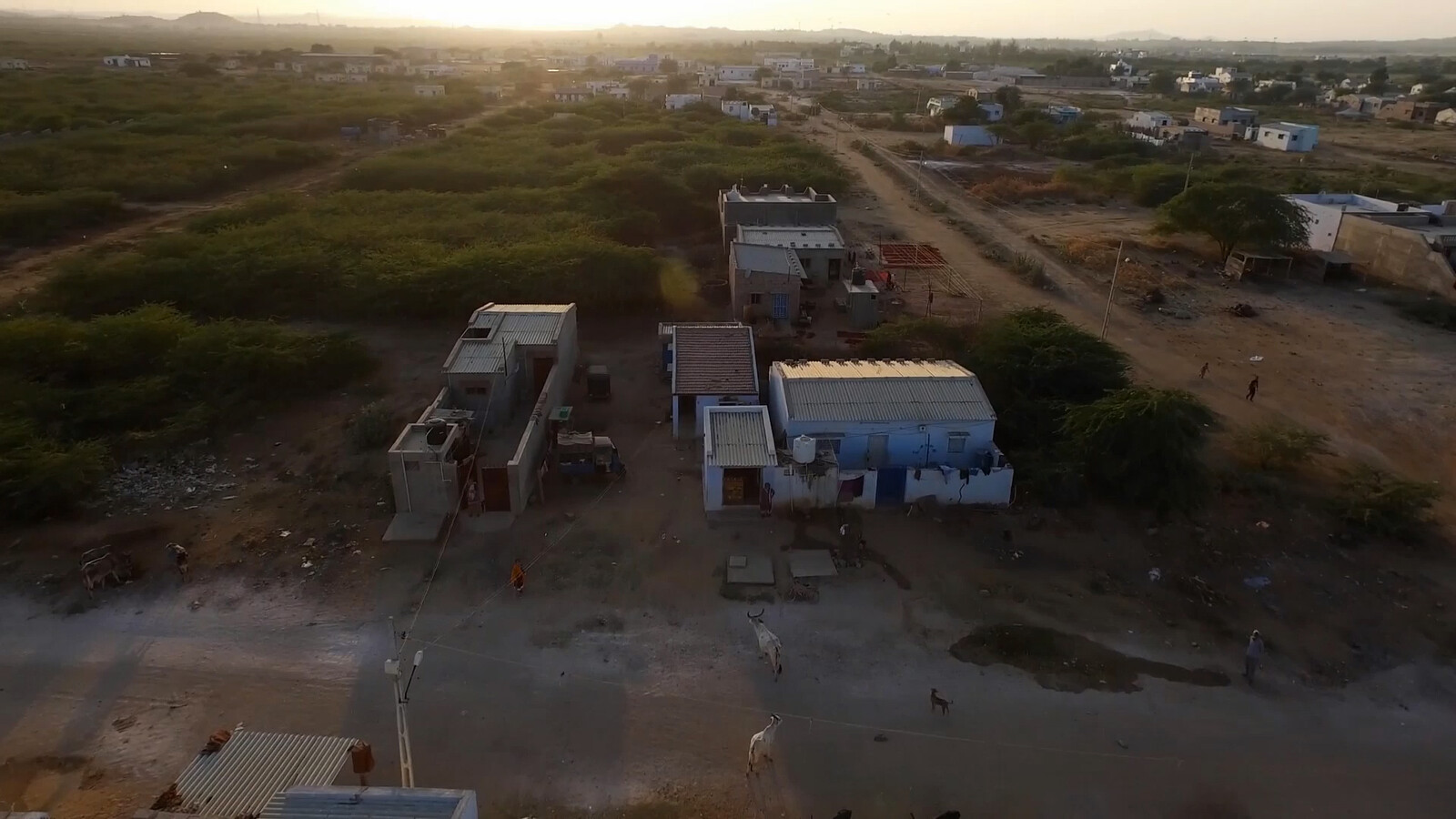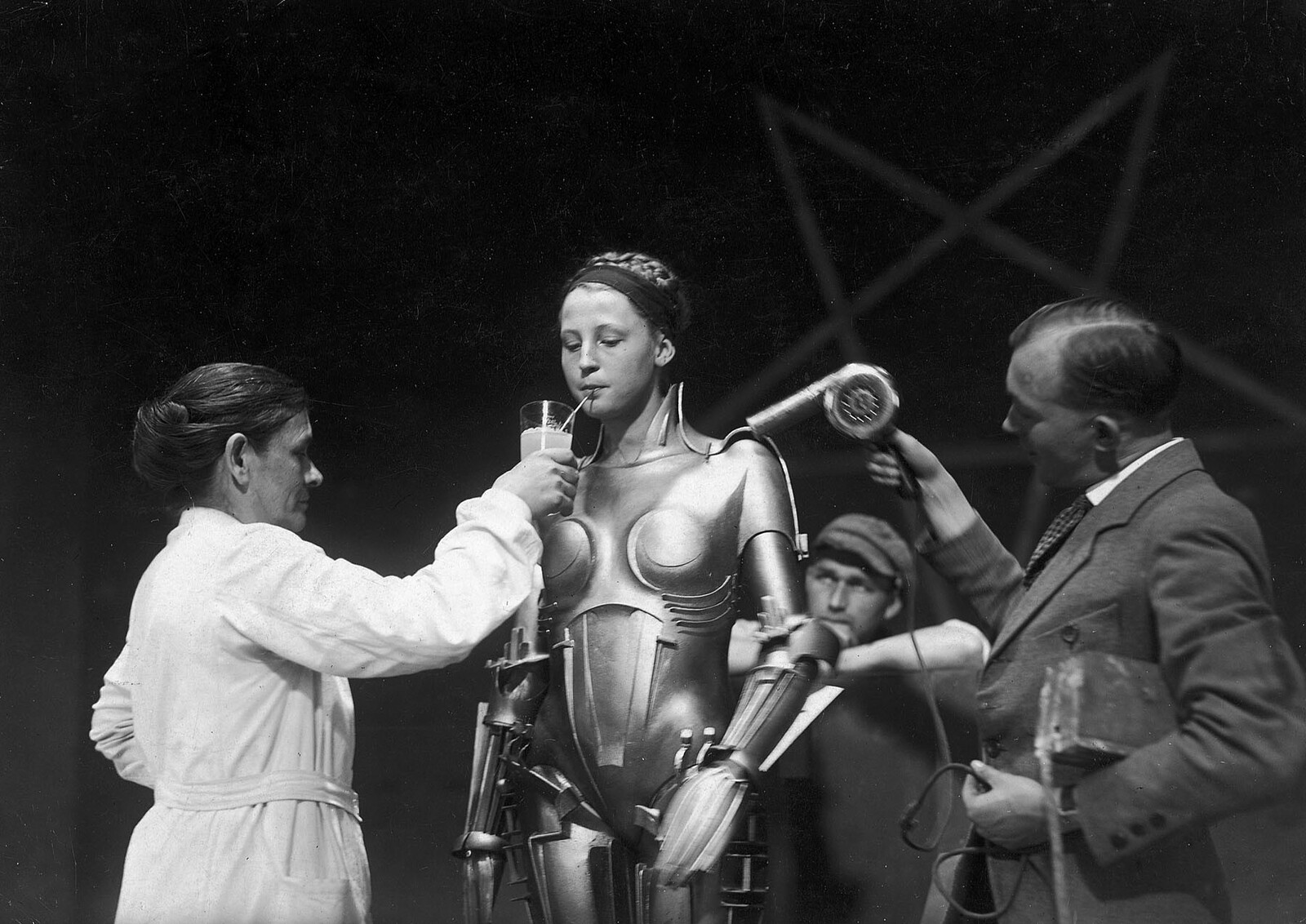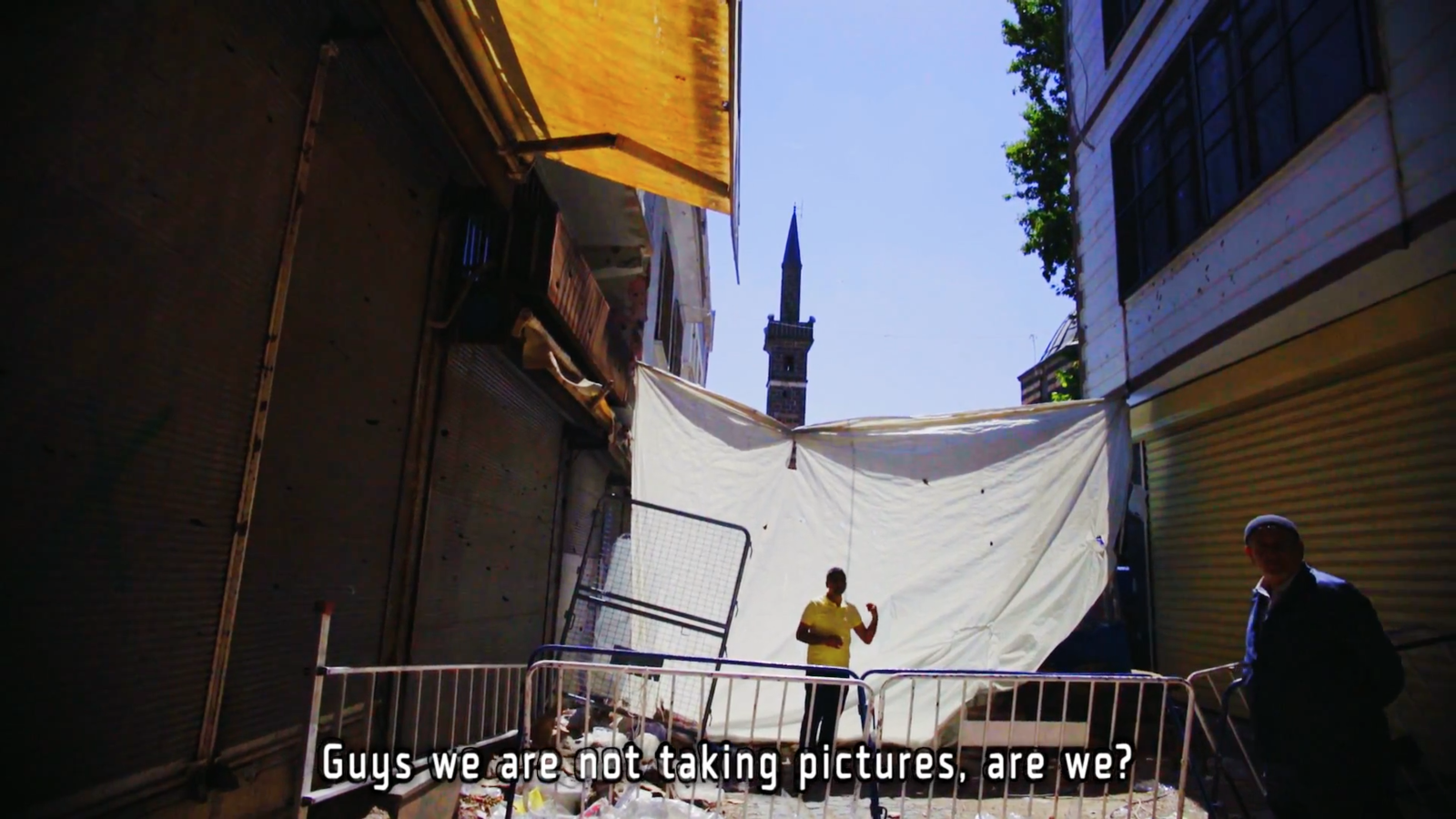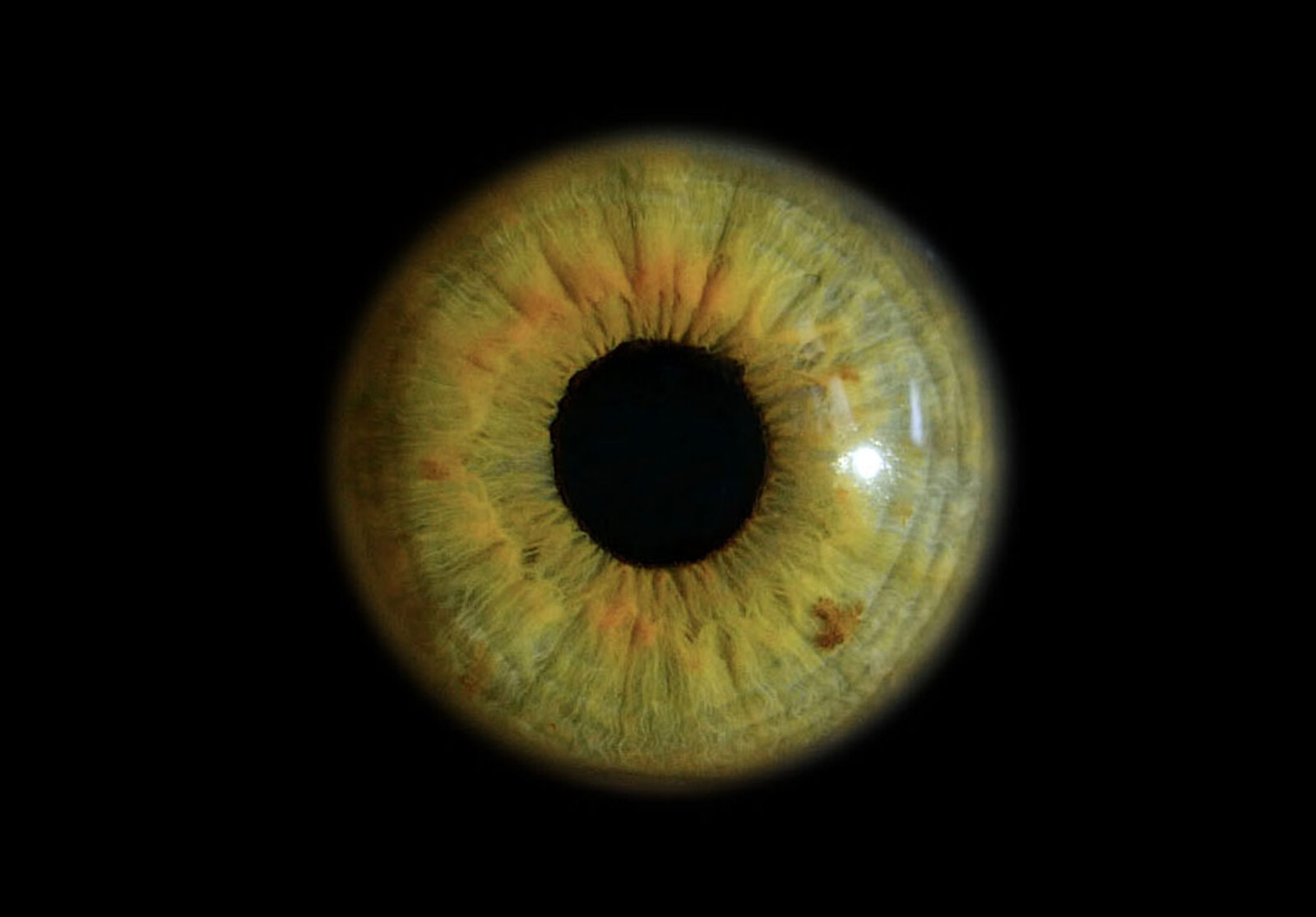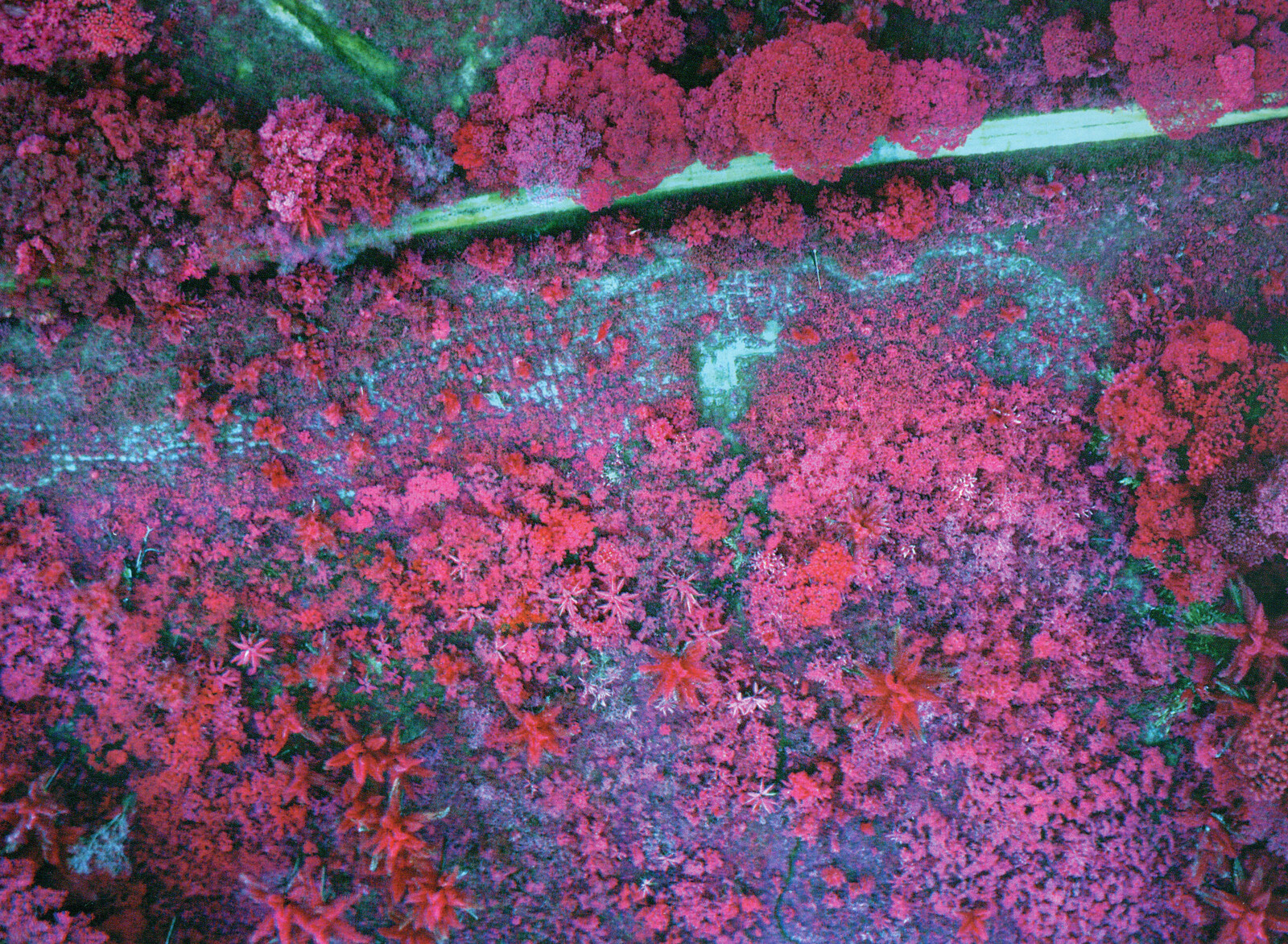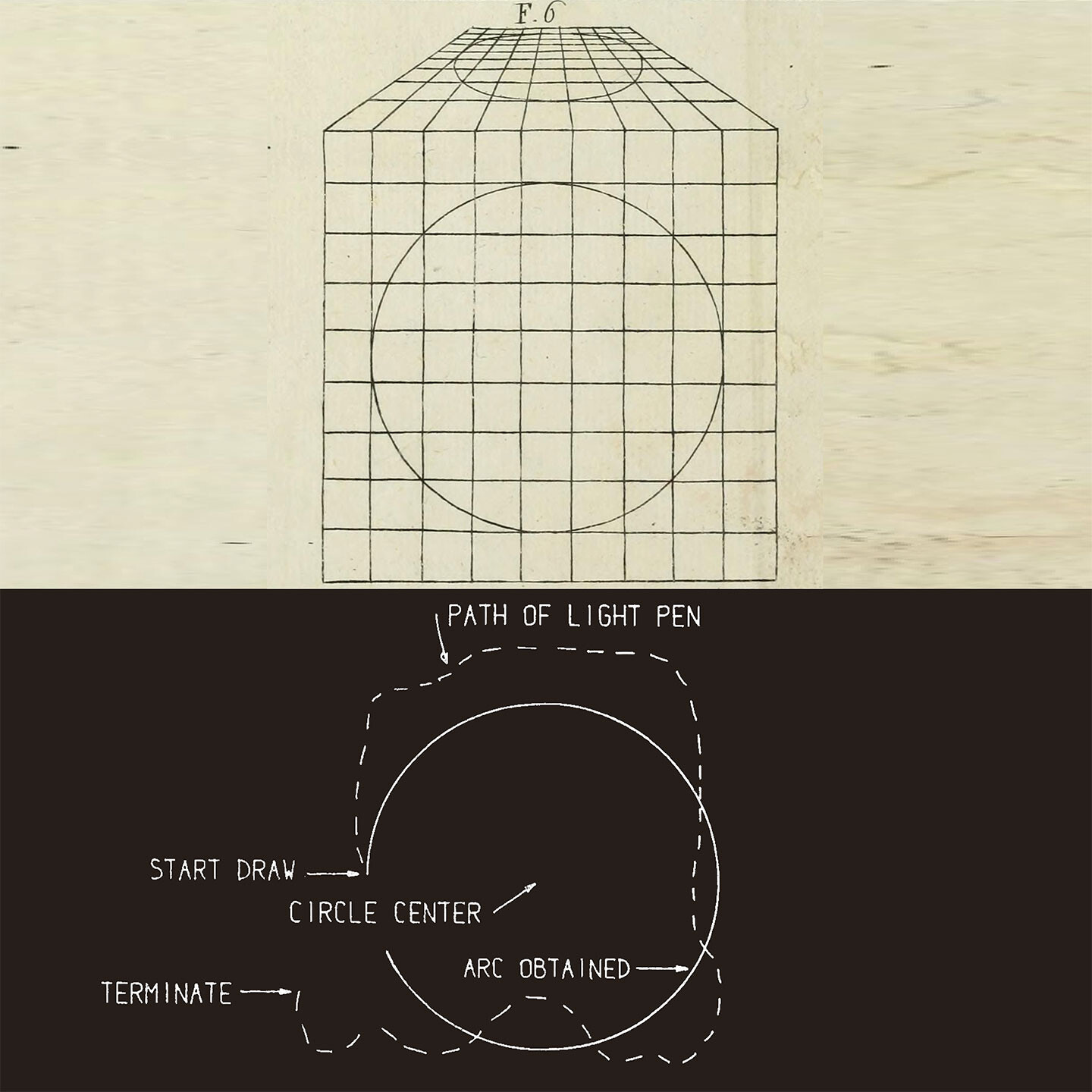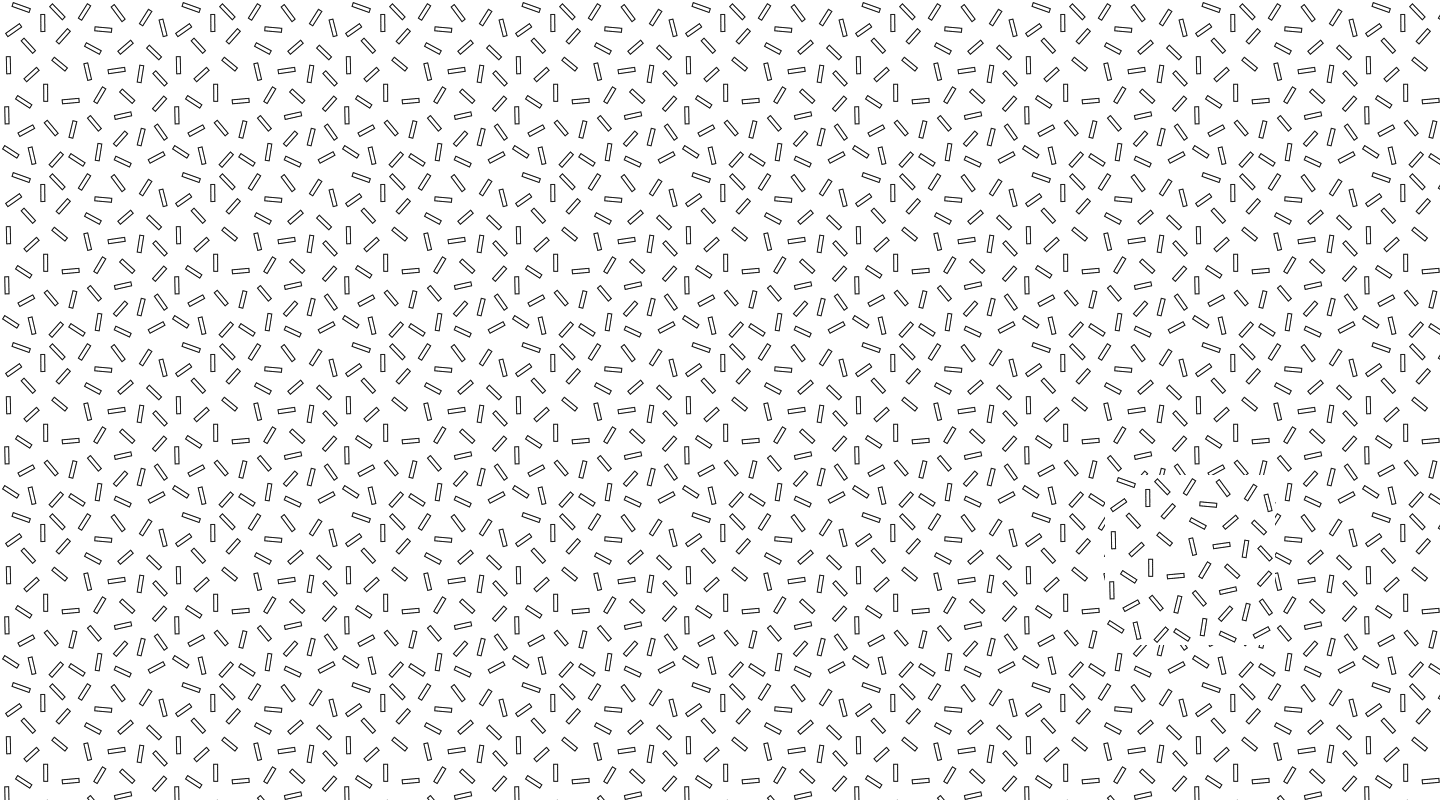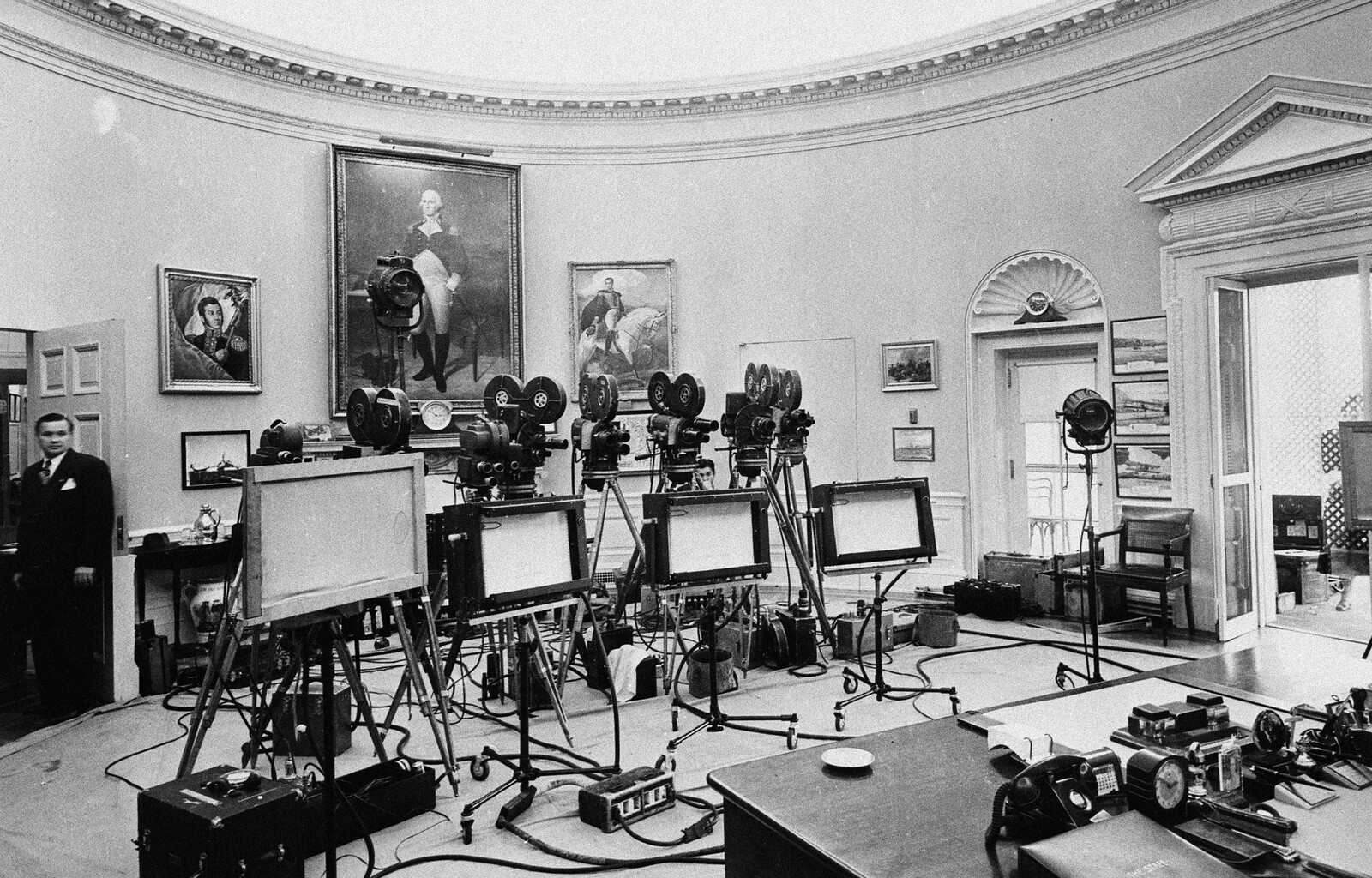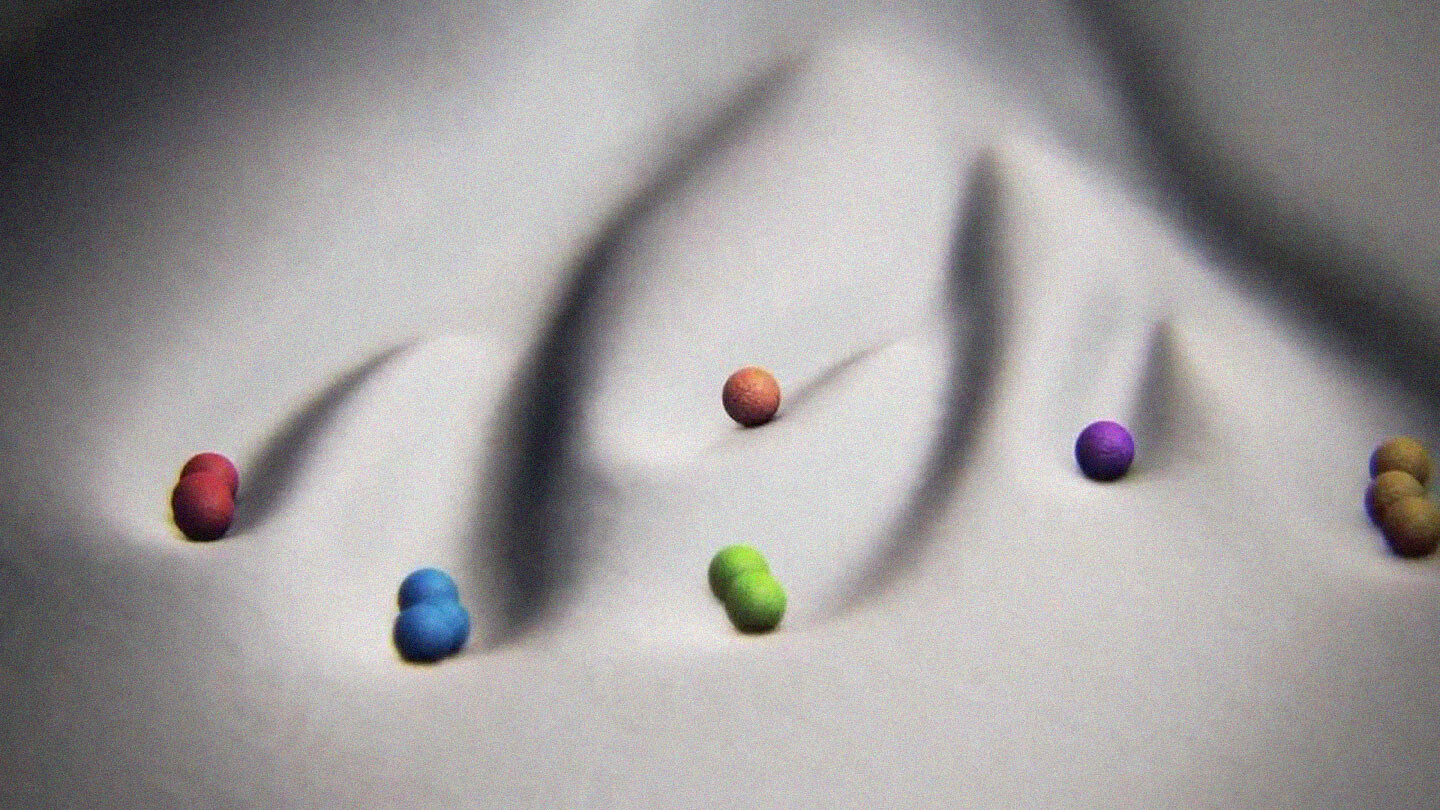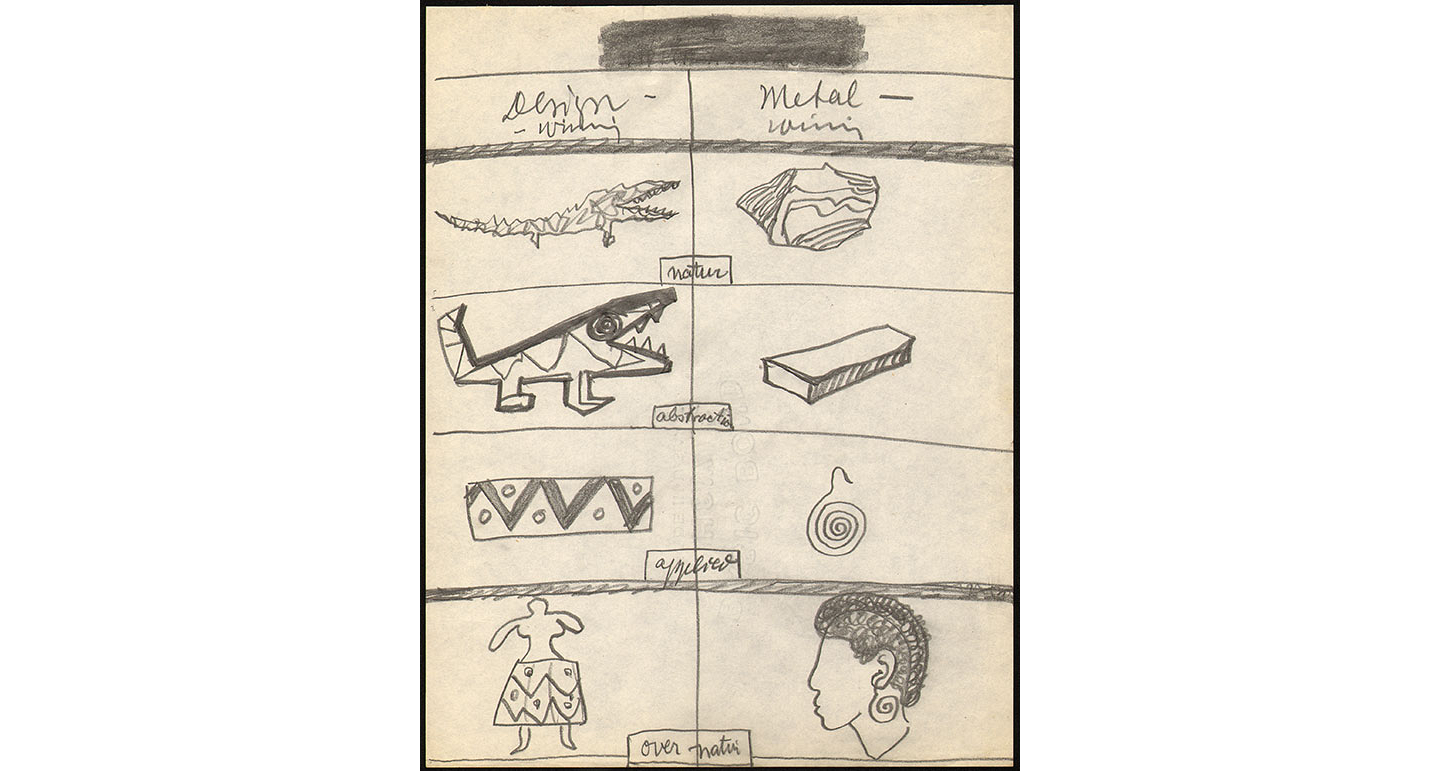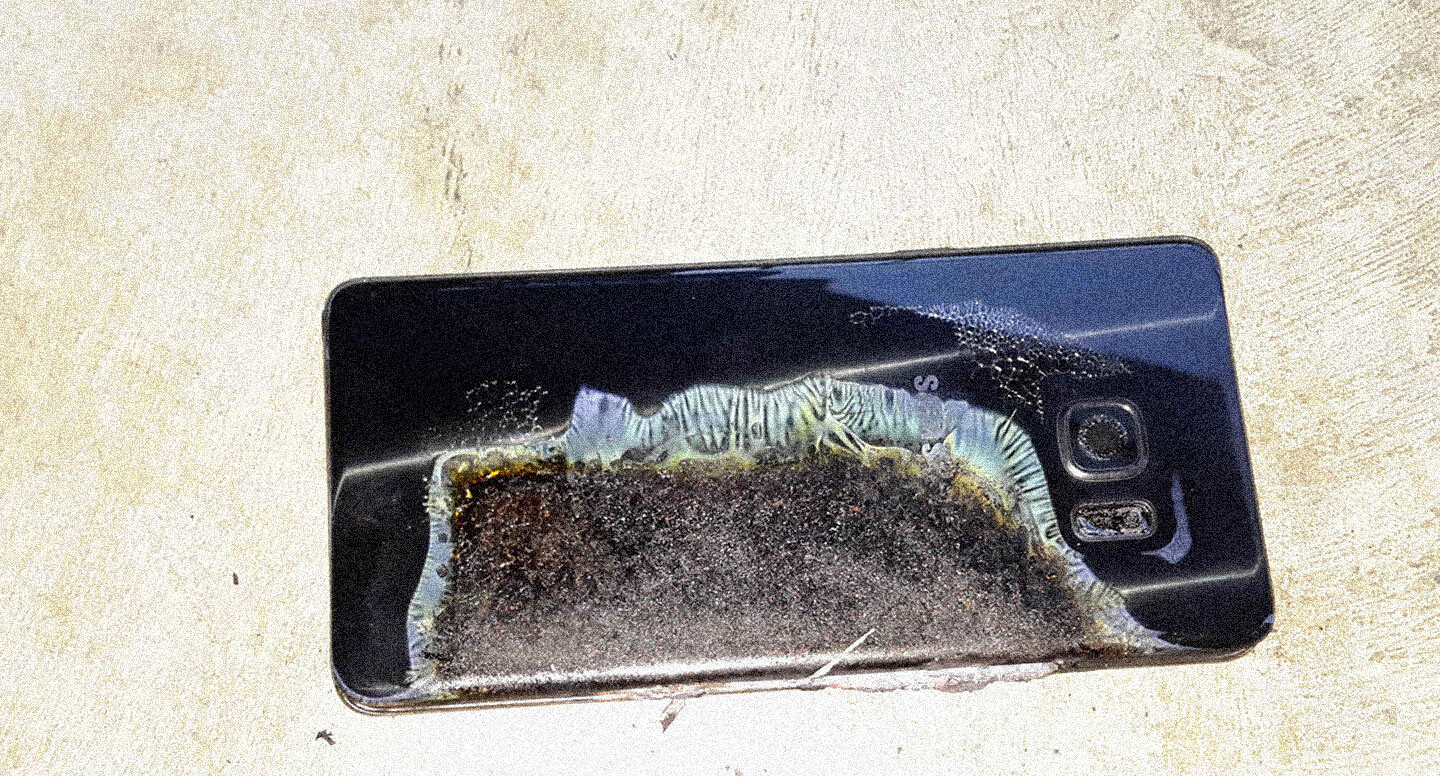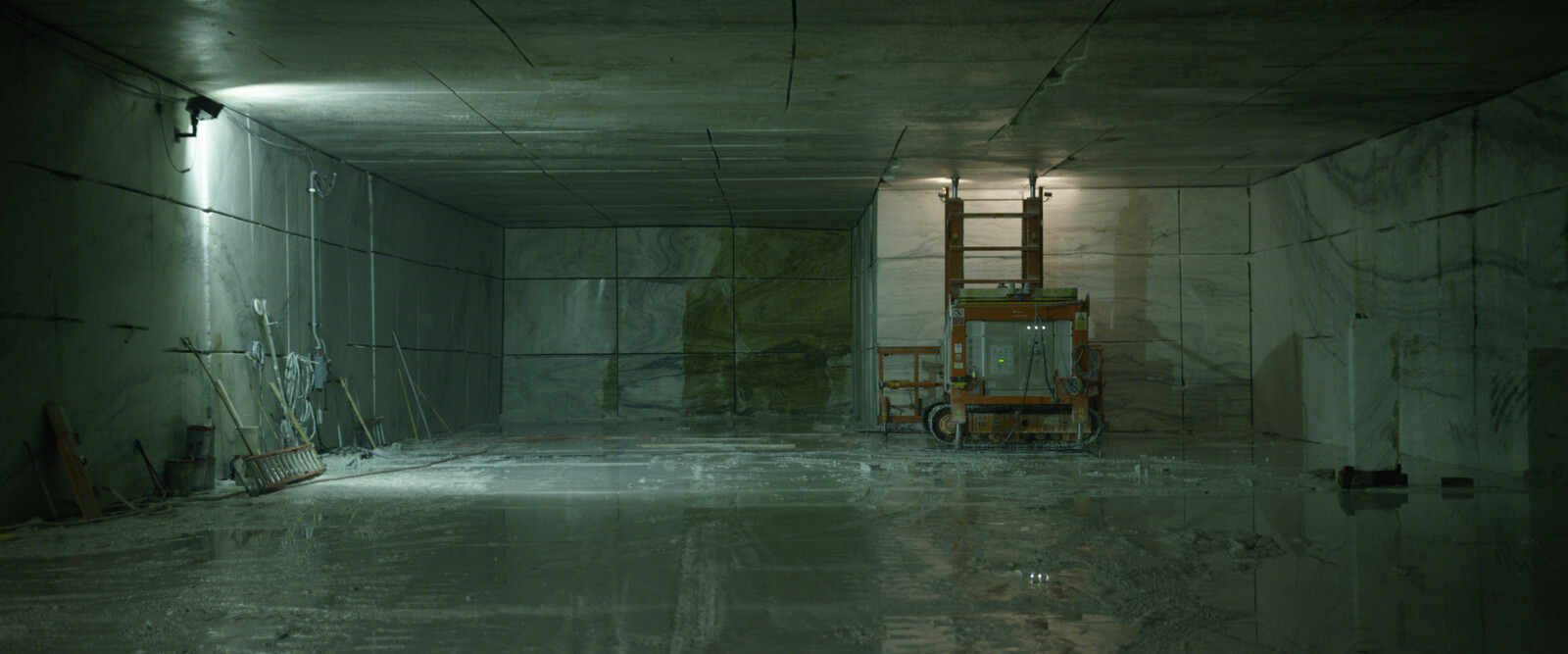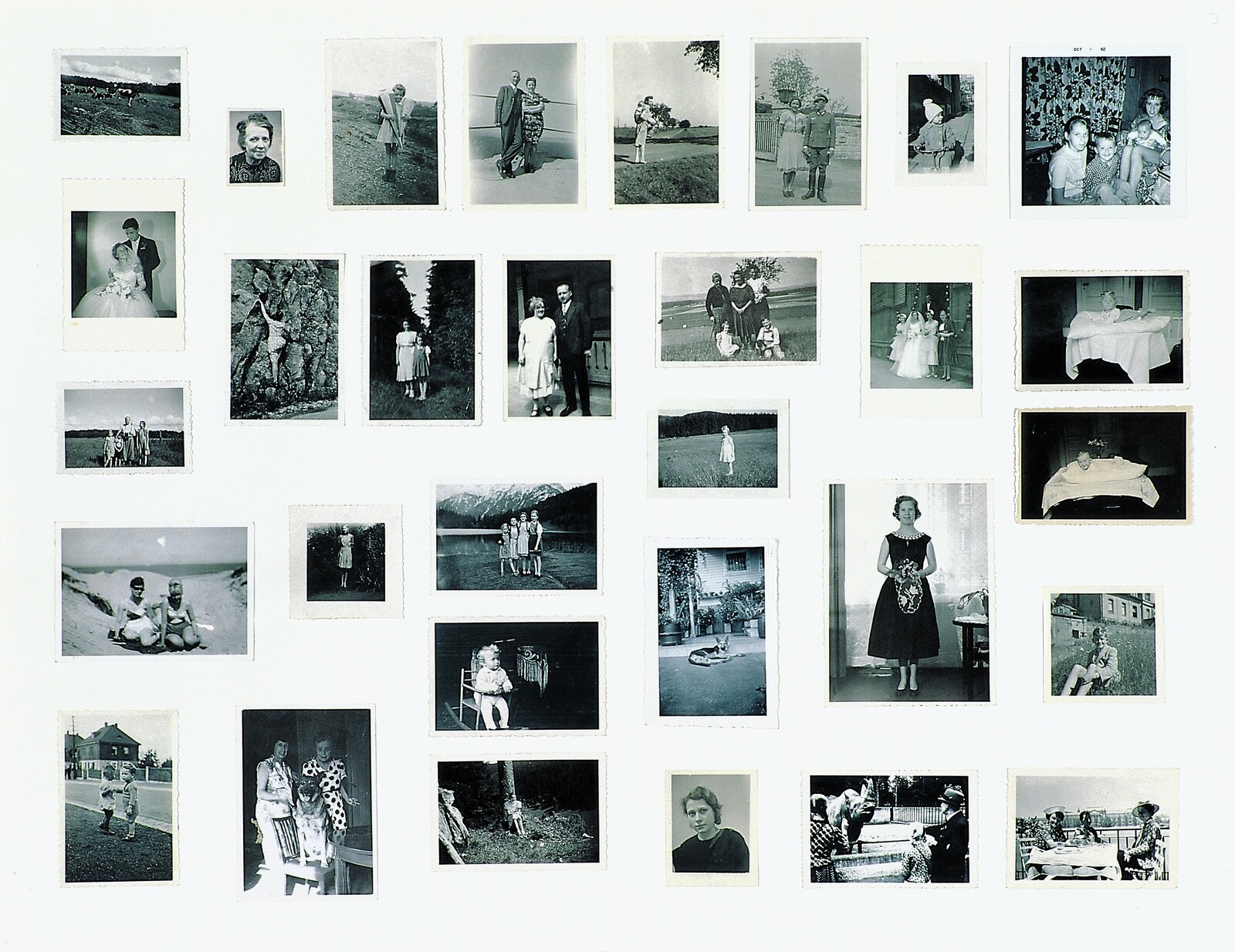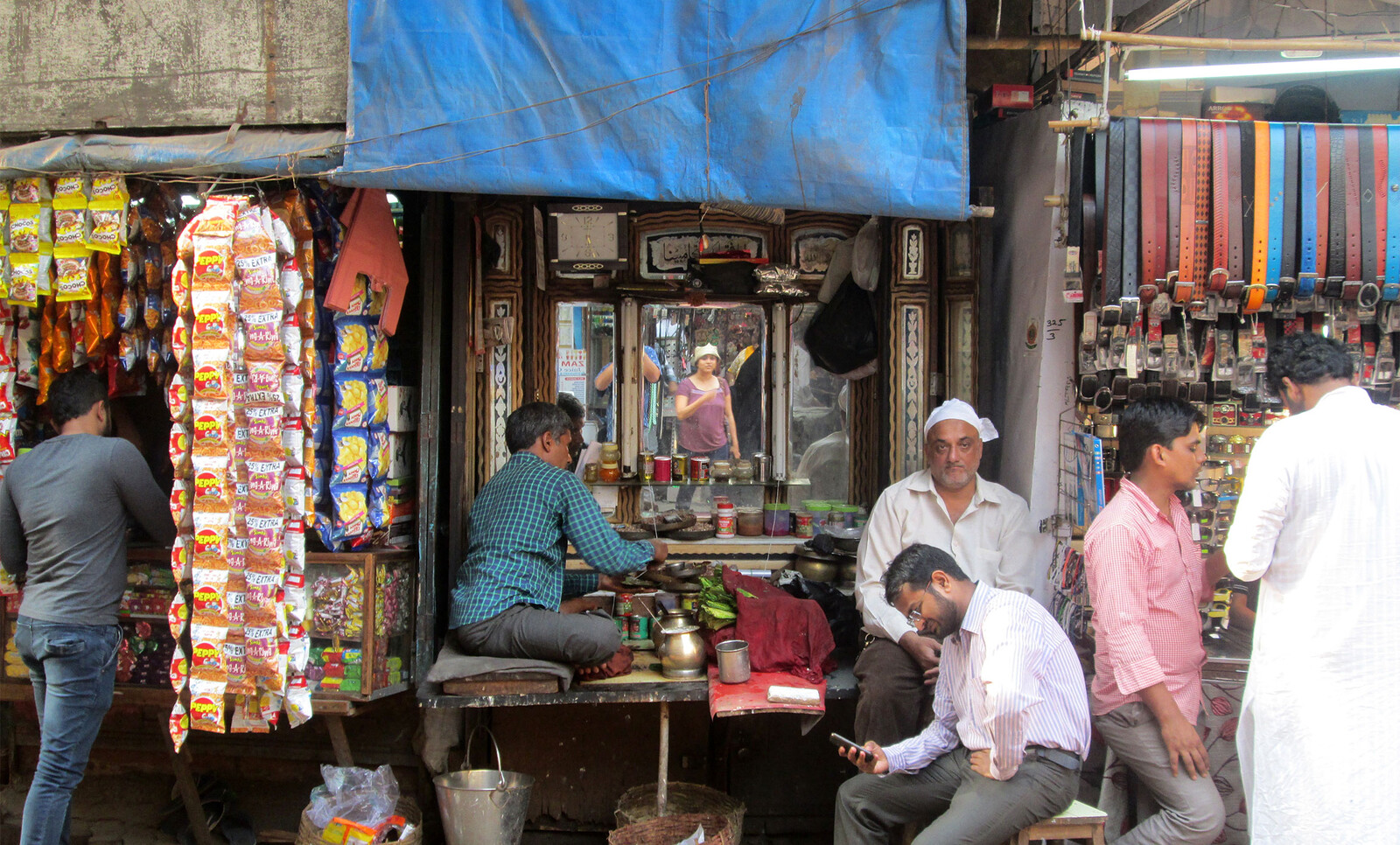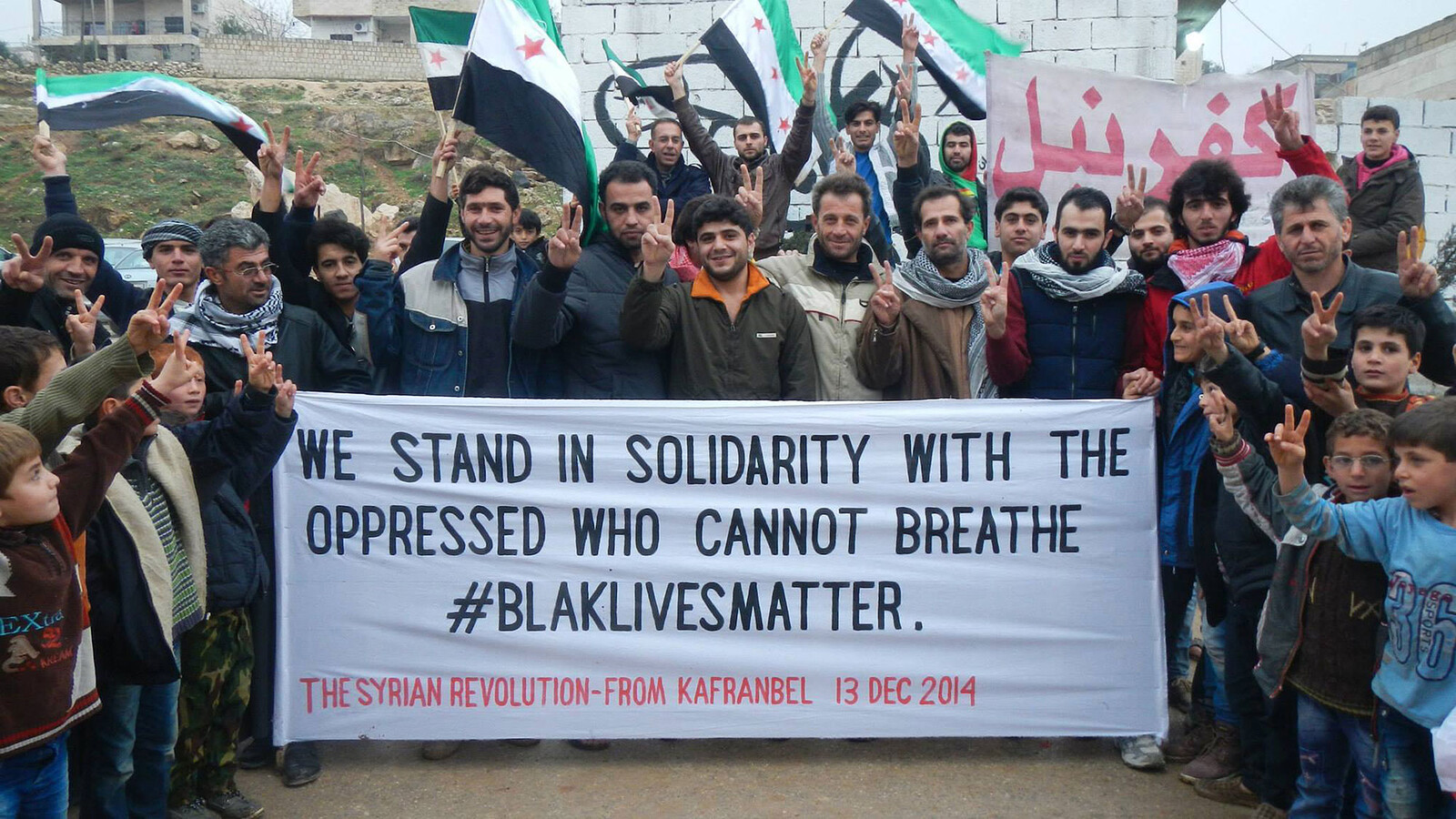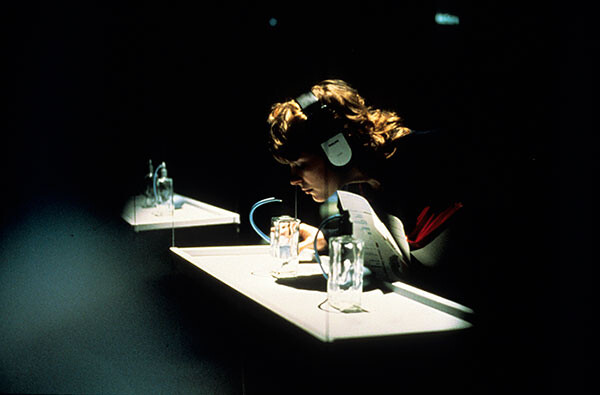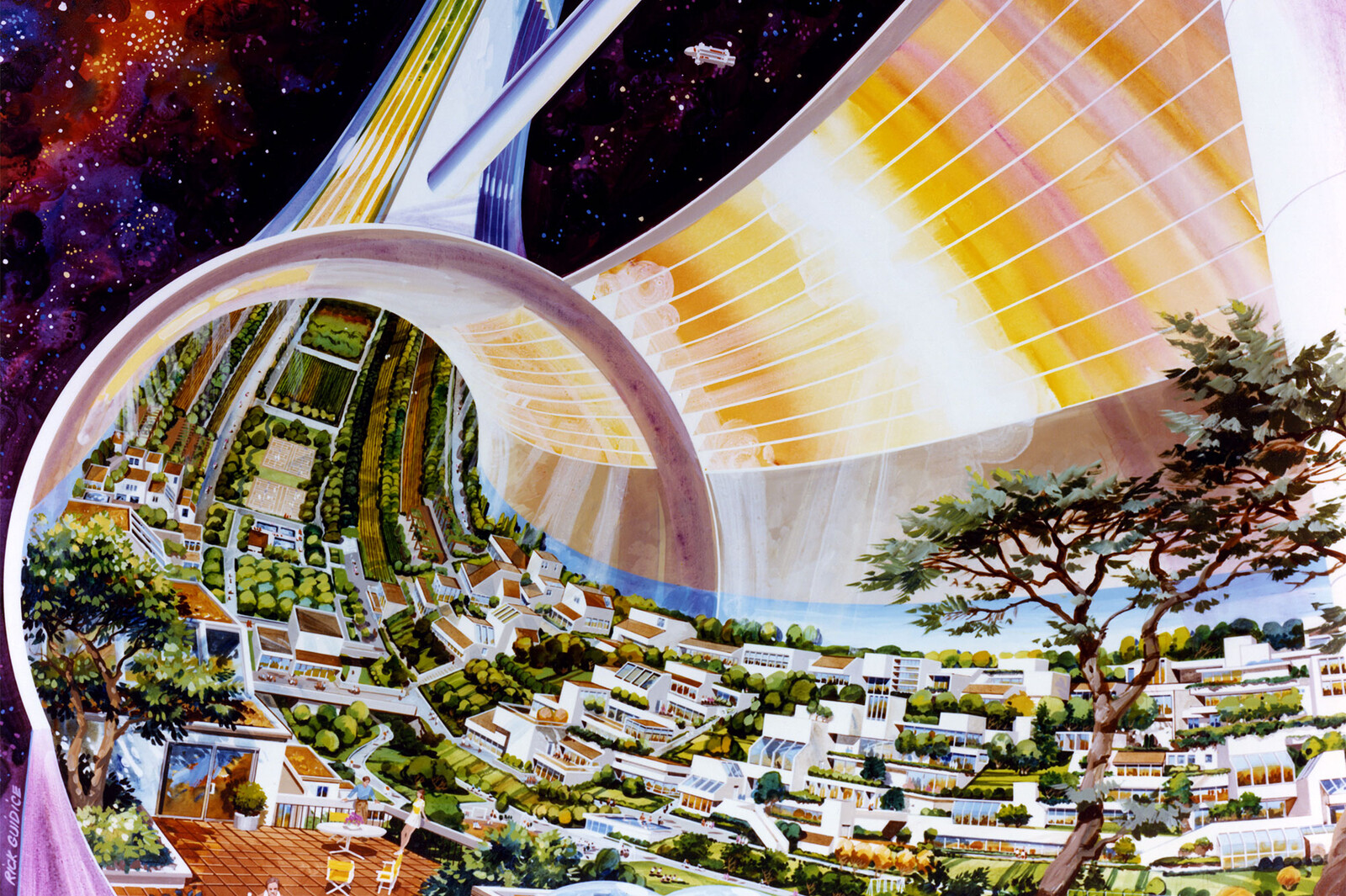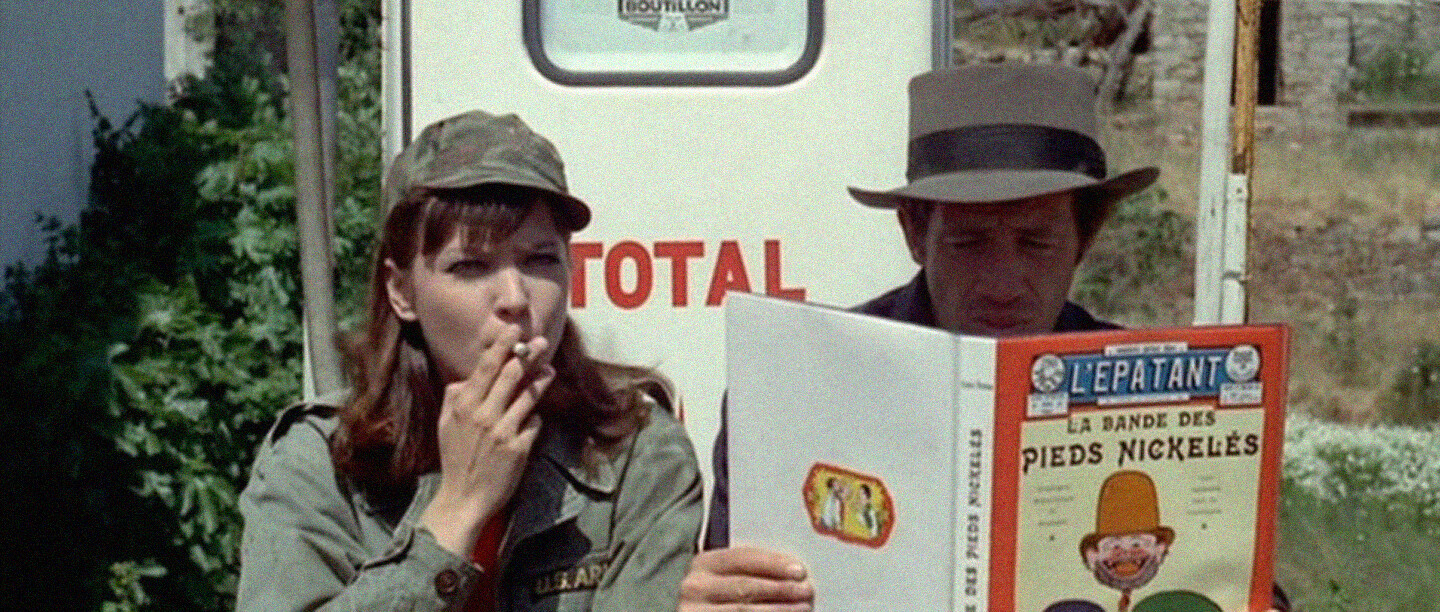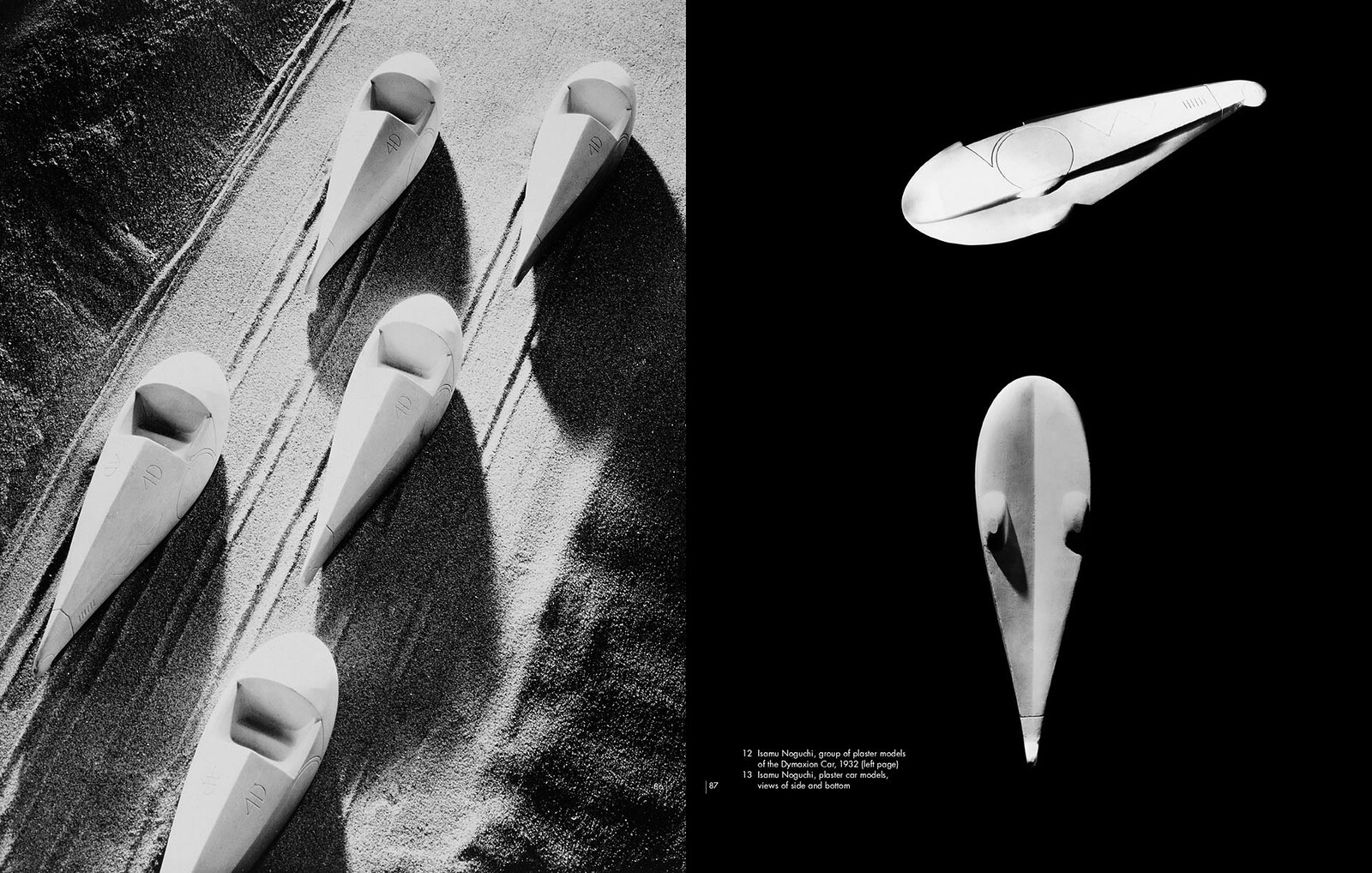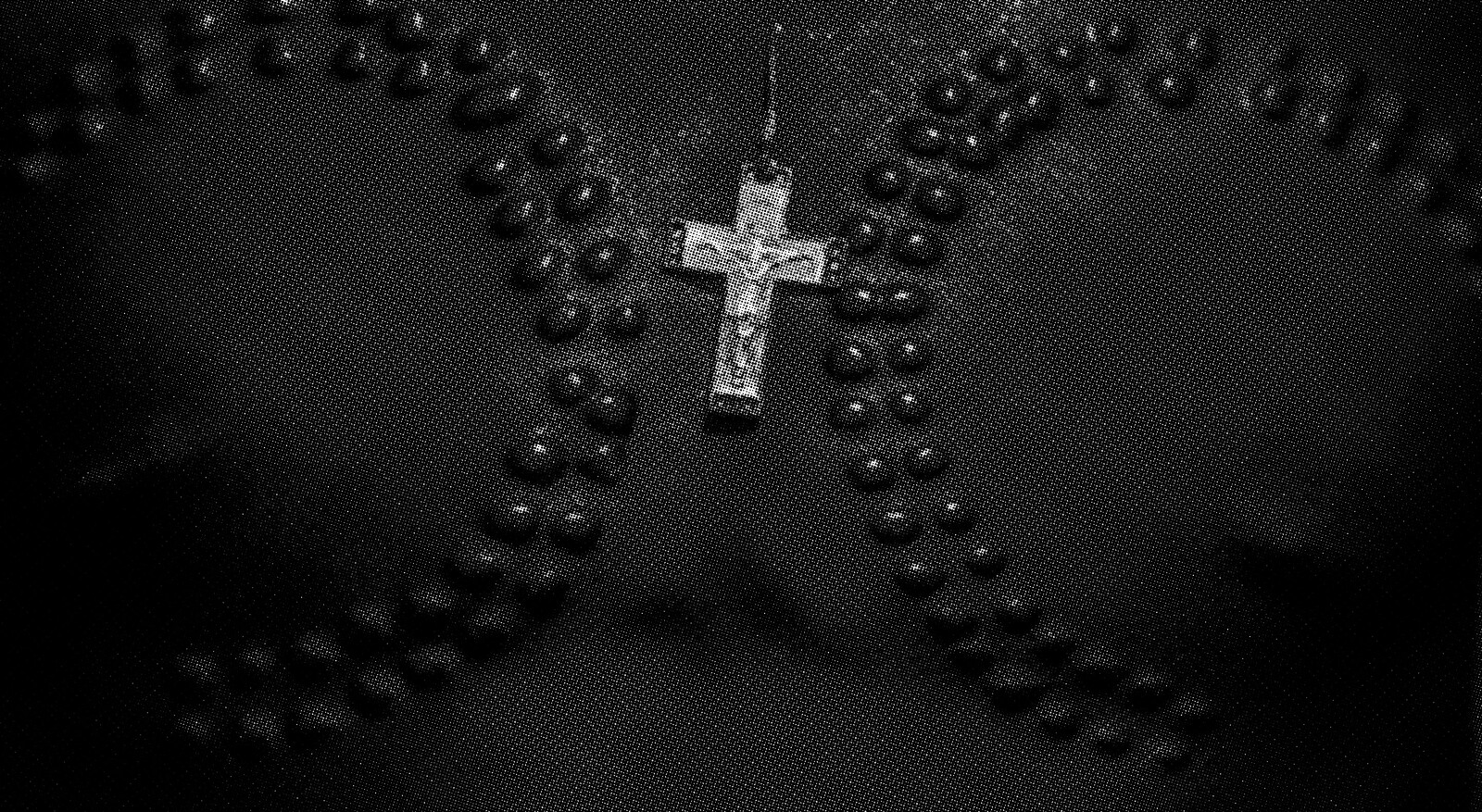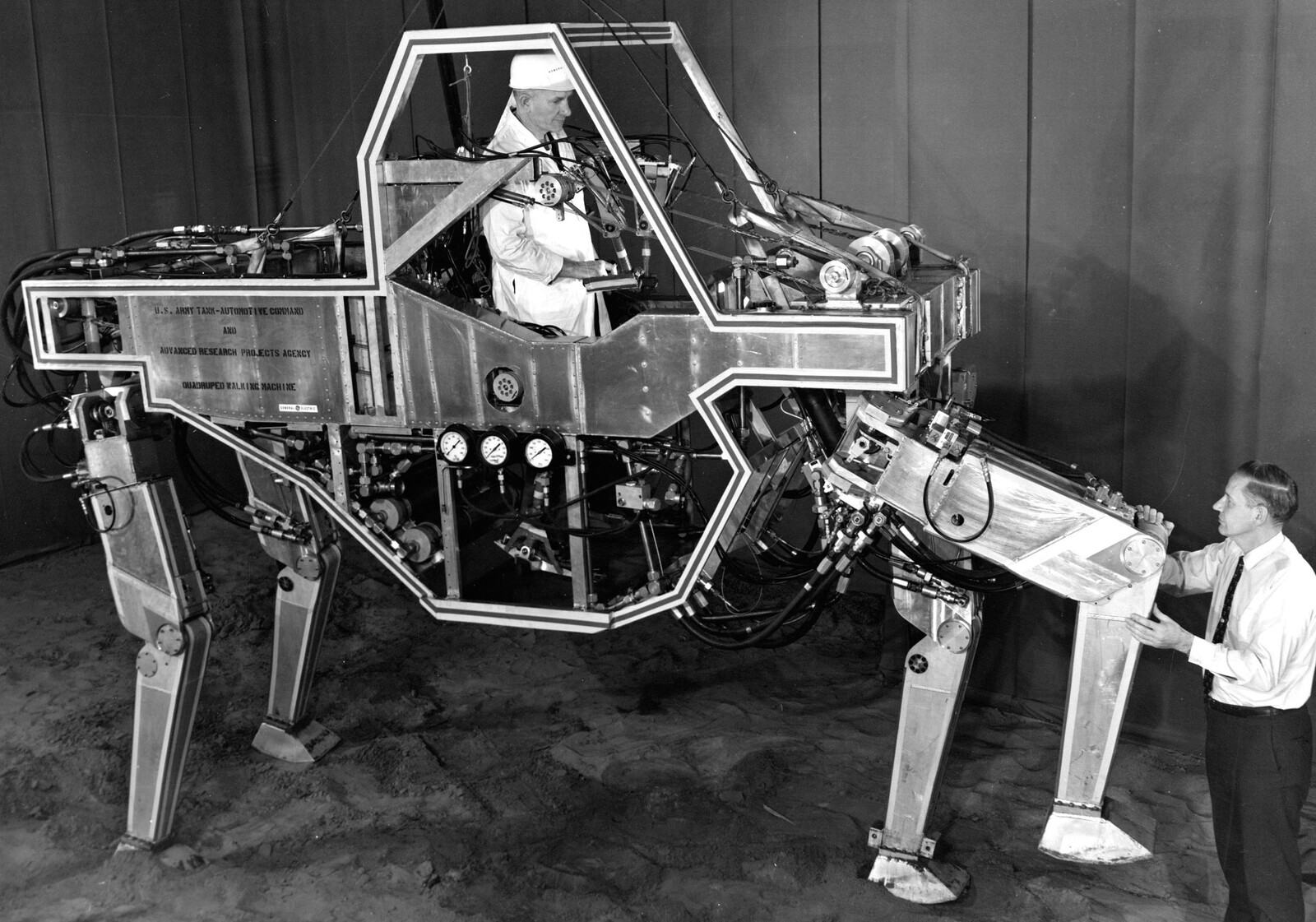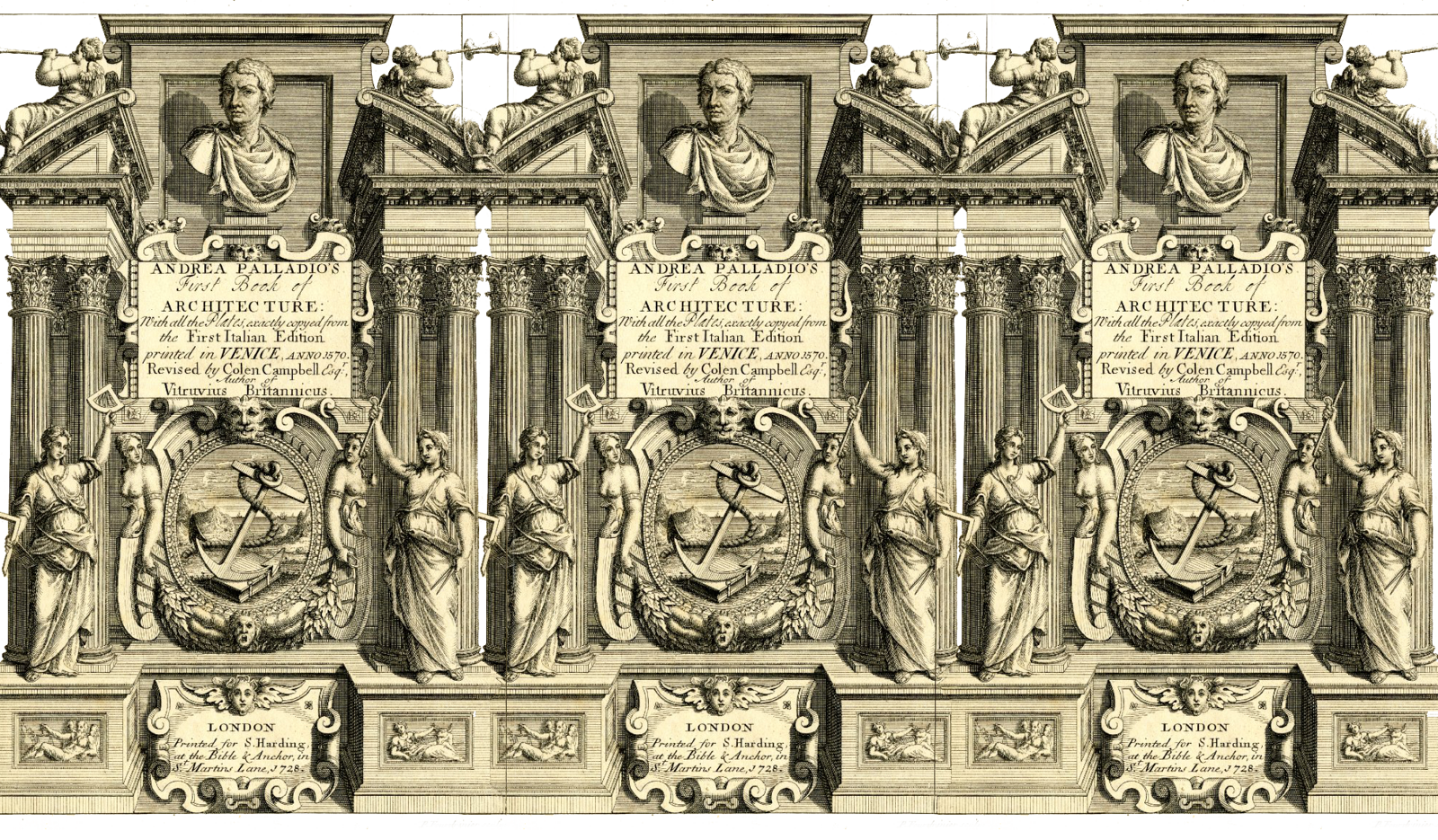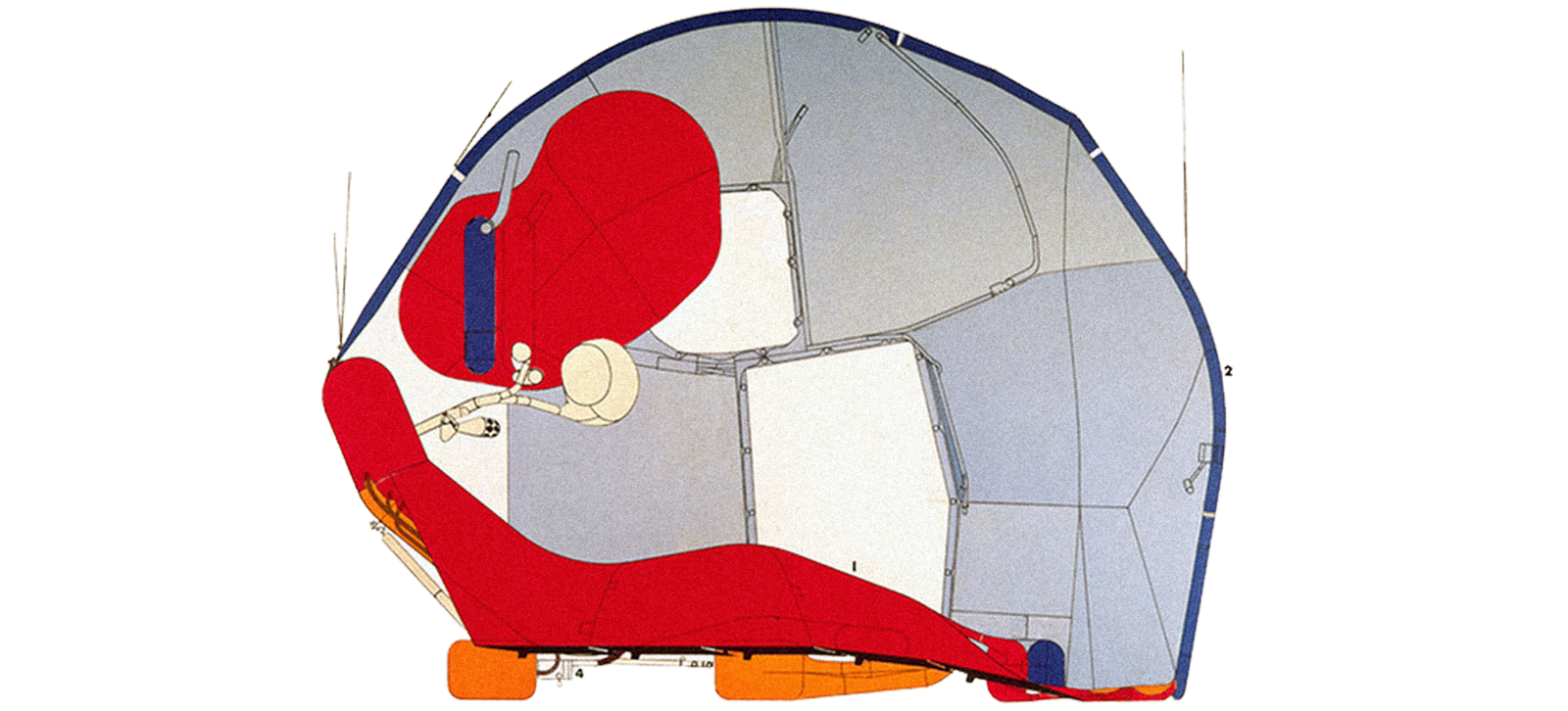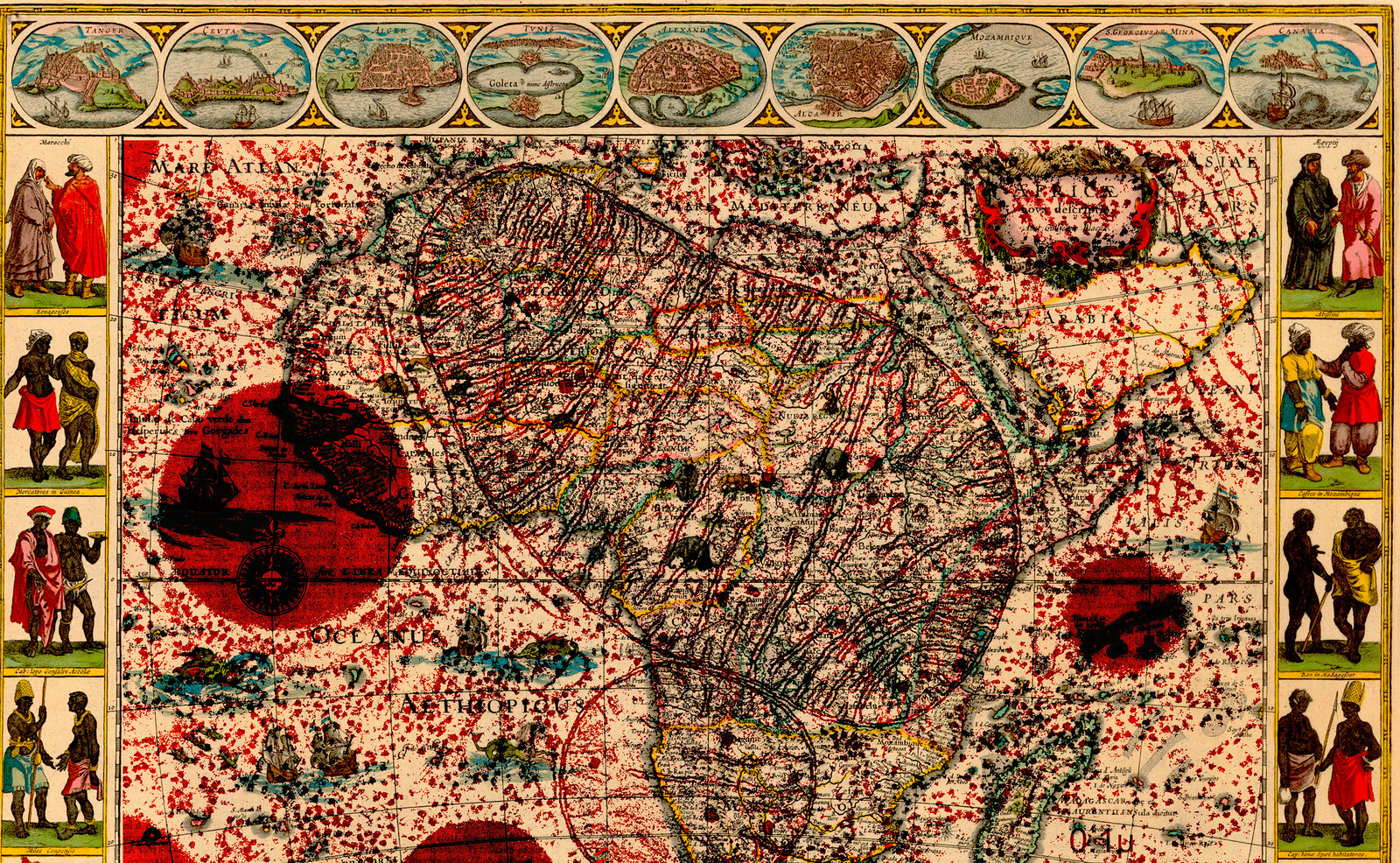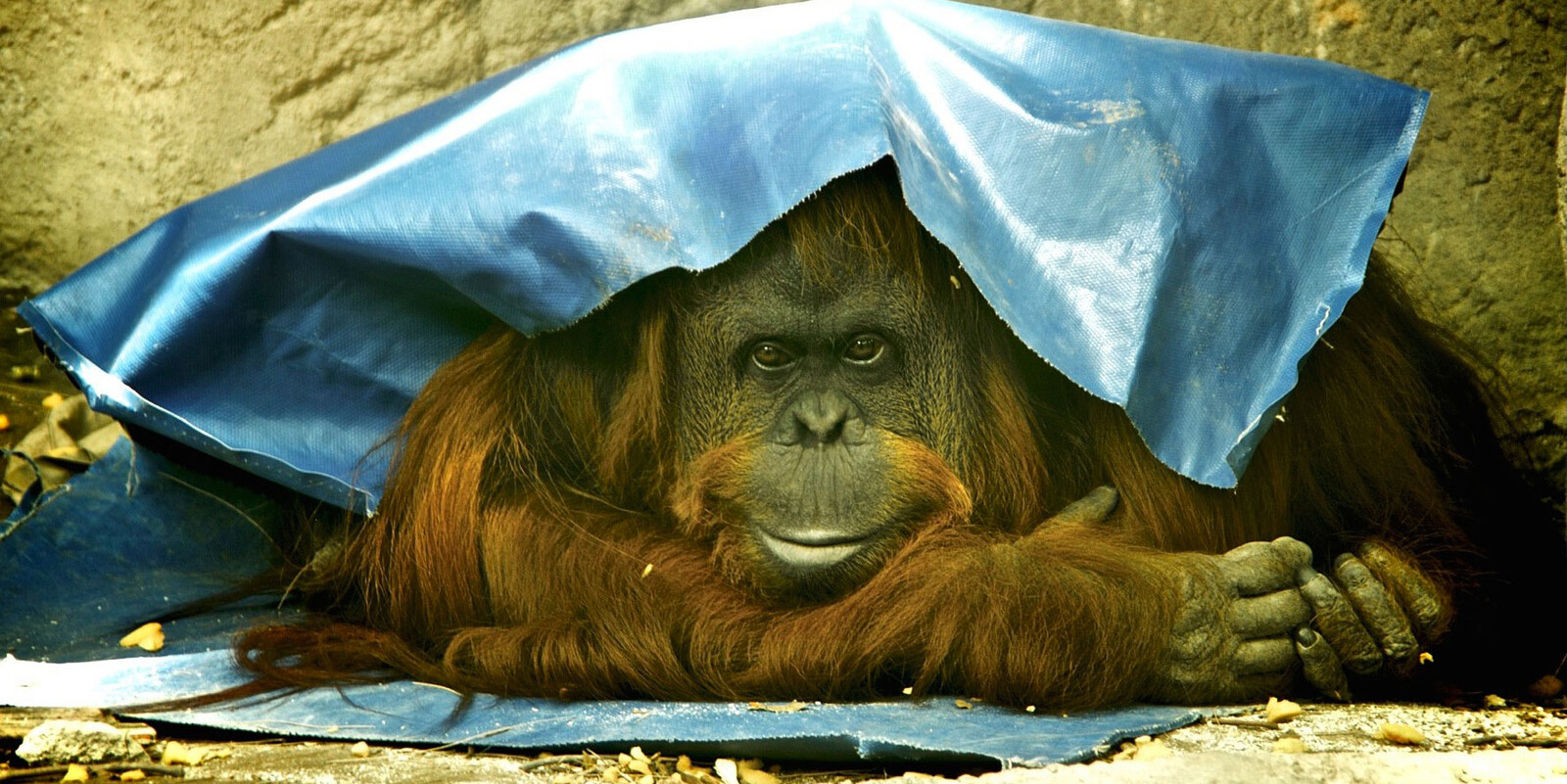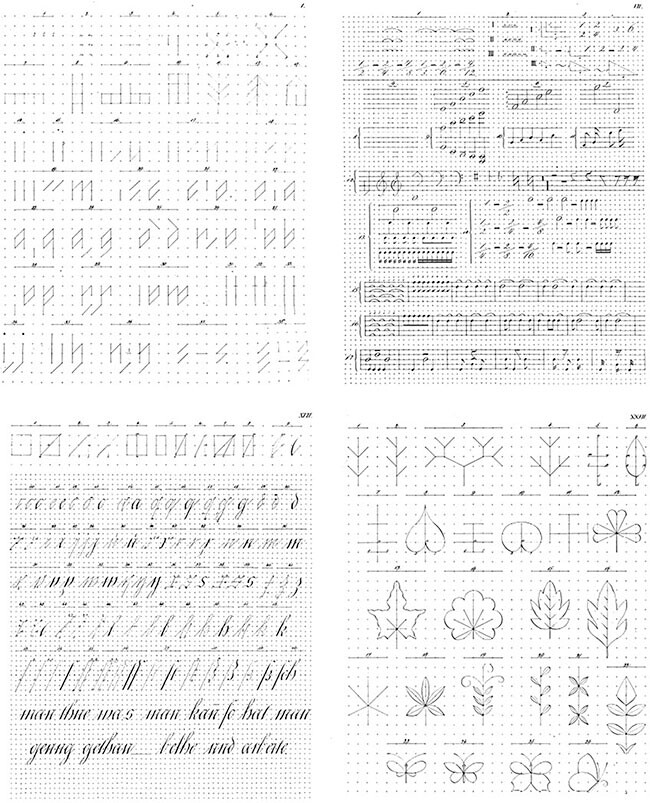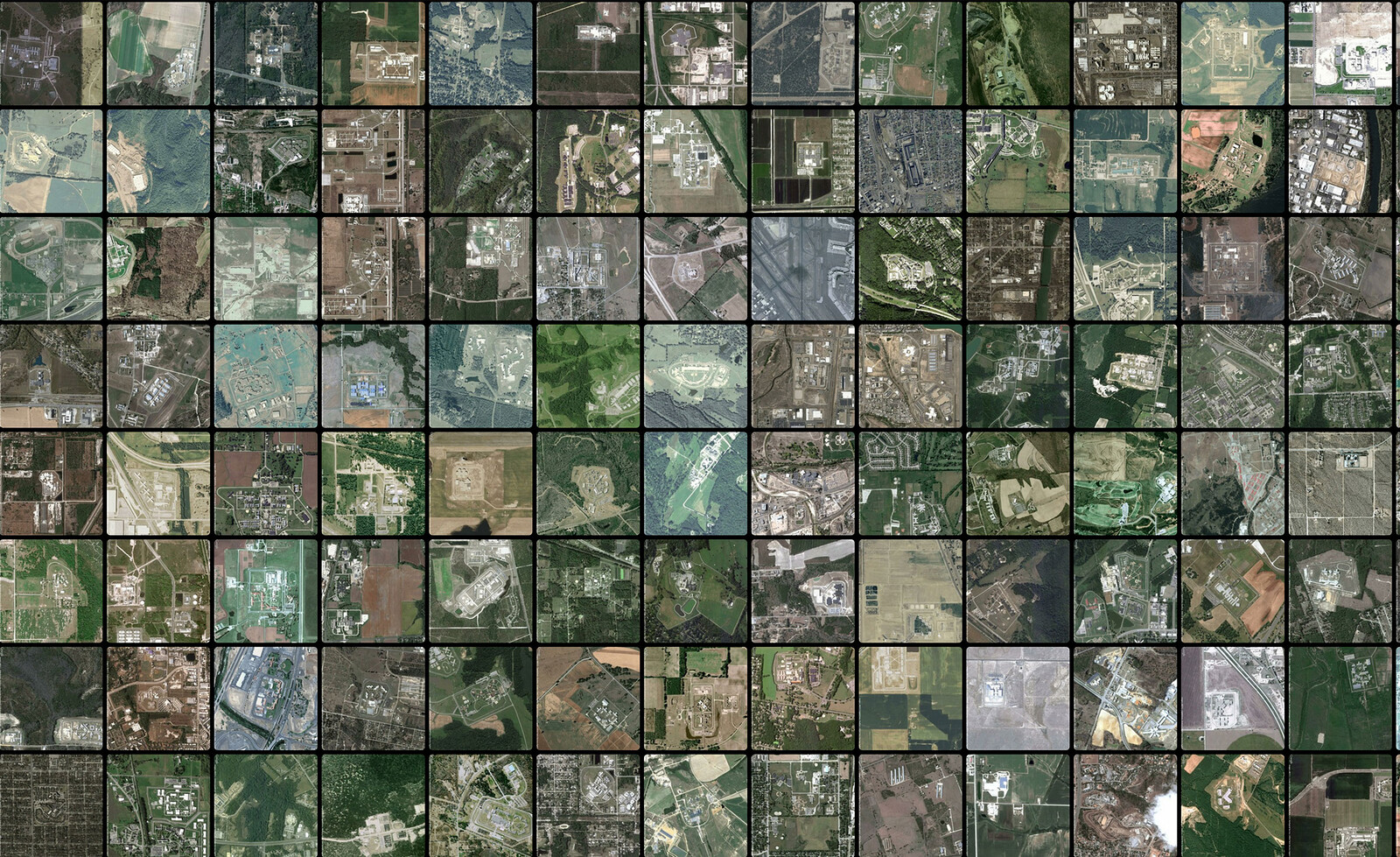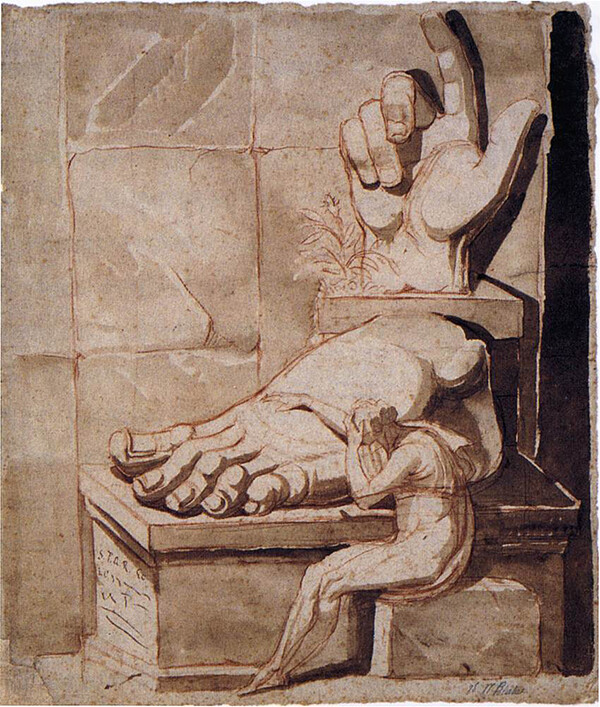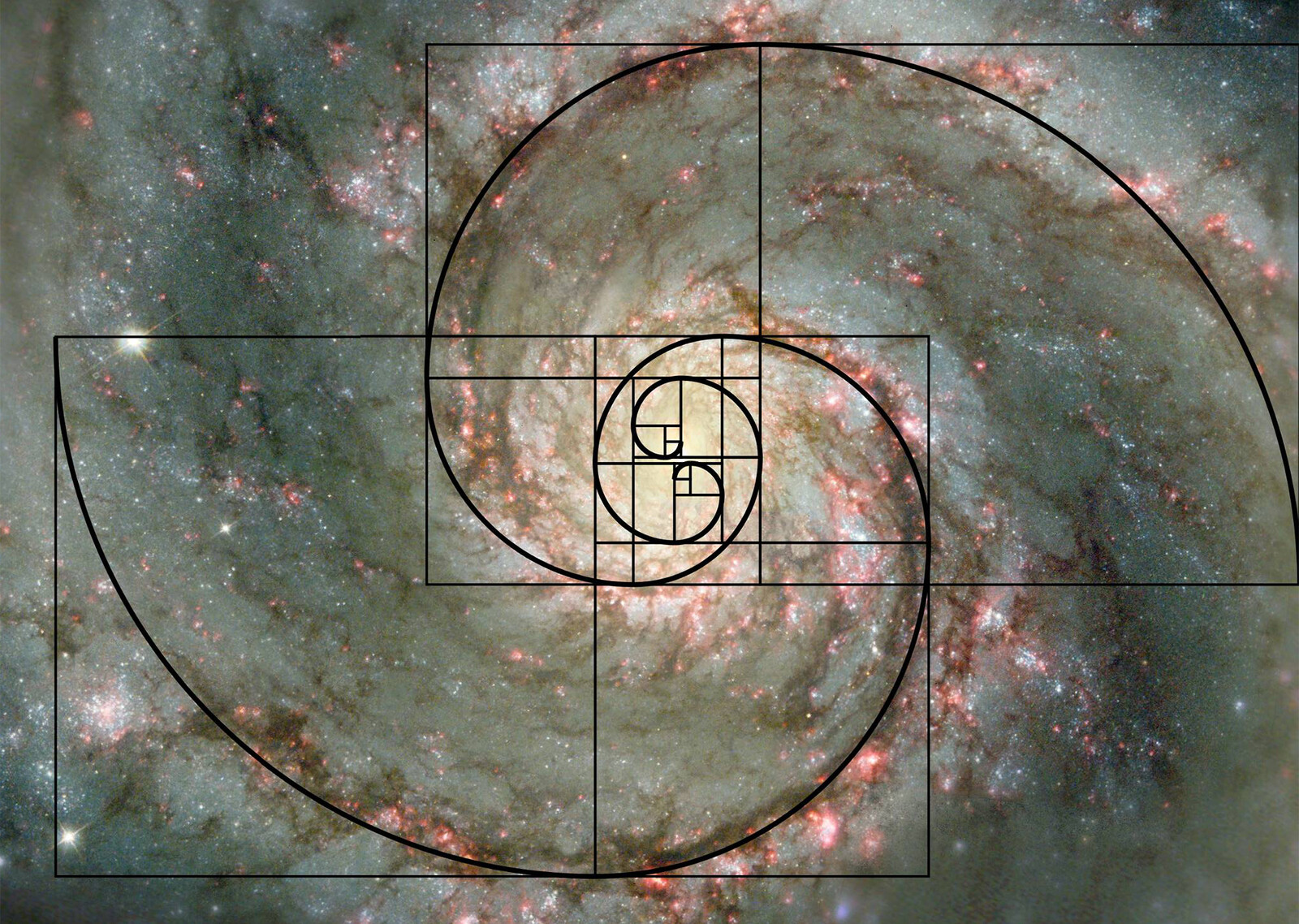Humanity has always been a design problem. A problem of whose future is sculpted by design. Of the shape of its user. Its actual interface.
The human is this question of arranging physical, chemical, electromagnetic, and genetic apparatus in time and space. How long a finger is needed to reach the trigger, or stroke another animal? How far must it extend in space? Elevated from humble materiality to a metaphysical program, the collective constellation of these design extensions is the humanist project. But what happens when that program is itself extended beyond its own limits?
Superhumanity emerged from this crack. It names the fetishes of humanism when costumed in the inherited clothes of an older body politic. Clothes that don’t fit, can’t fit, and when we voice our discomfort in protest, the response is our total destruction. The political environment boiling over makes it necessary to materialize not only the human, but the superhuman.
History proceeds by its bad side. The battle for the design of the 21st century has begun. Freedoms, institutions and alliances are under assault by populism, nationalism and fascism, with no sign of deceleration in the near future. The machine currently in power can learn—it has proven itself capable of that—but it cannot think for itself. Its thought is driven by feedback. It is caught in a loop, yet not one of the type that draws circles over itself, but spirals out of control.
The question of extension asks again: Are we human? The question behind the Biennial’s title is, and always has been, what do we mean by “we”? The superhuman is the horror of our inescapable potential, of the error to which we are fundamentally prone. It is an acknowledgement that whatever the human has been is not what it can only become in the days and decades ahead. Hearts on fire, brains on ice, we race against the inevitable. Until then.
We would like to thank all the contributors to Superhumanity: Boris Groys, Keller Easterling, Brooke Holmes, Andrew Herscher, Mabel O. Wilson, Trevor Paglen, Zeynep Çelik Alexander, Eyal Weizman, Ruha Benjamin, Tom Holert, Sylvia Lavin, Lydia Kallipoliti, Ina Blom, Lesley Lokko, Raqs Media Collective, MAP Office, Shumon Basar, Felicity D. Scott, Daniel Birnbaum and Sven-Olov Wallenstein, Tony Chakar, Rupali Gupte and Prasad Shetty, Rubén Gallo, Giuliana Bruno, Ingo Niermann, Hu Fang, Spyros Papapetros, Alexander Tarakhovsky, Juliane Rebentisch, Jack Self, Chus Martínez, Lucia Allais, Francesca Hughes, Paulo Tavares, Ahmet Ögüt, Andrés Jaque, Mark Cousins, Hito Steyerl, Franco “Bifo” Berardi, Liam Young, Anton Vidokle and Arseny Zhilyaev, Liam Gillick, Pelin Tan, Benjamin H. Bratton, Simon Denny, Stephan Trüby, Kali Stull and Etienne Turpin, Sophia Roosth, Brian Kuan Wood, Yongwoo Lee, Thomas Keenan.
Superhumanity is a project by e-flux Architecture at the 3rd Istanbul Design Biennial, produced in cooperation with the Istanbul Design Biennial, the National Museum of Modern and Contemporary Art, Korea, the Govett-Brewster Art Gallery, New Zealand, and the Ernst Schering Foundation.
Superhumanity, a project by e-flux Architecture at the 3rd Istanbul Design Biennial, is produced in cooperation with the Istanbul Design Biennial, the National Museum of Modern and Contemporary Art, Korea, the Govett-Brewster Art Gallery, New Zealand, and the Ernst Schering Foundation.




